Thin Tire vs. Fat Tire E-bike: How to Choose the Right One for Your Needs?
A bike is only as great as its tires. When it comes to tires for e-bikes, there are primarily two options: thin tires and fat tires. Both tires are different in size, maintaince needs, weight, price, and even pressure limits. Consequently, the kind of tires you choose will affect not only your speed but also the bike’s maneuverability, suspension, and how far you can ride.
Essentially, both fat tires e-bikes and thin tire e-bikes have pros and cons. For instance, thin tire bikes are better on solid surfaces for their easy handling. However, fat tires work great on off-road ebikes. Our goal here is to help you decide which electric bike tire types is right for you.
8 Things To Consider When Choosing The Right Electric Bike

What Is Thin Tire e-bike?
Thin tires are narrow, smoothly treaded tires commonly used for city-road cycling, such as racing and commuting. They provide a firm grip that allows for easy handling, especially if you’re a fan of bike racing. Thin tires have always been around for all bike types, including e-bikes. They are known for their speed due to their smoothness and trim shape.
Thin tires are usually between 1.5 to 2.5 inches in width. Their small size makes them easier to ride since they’re usually lightweight. The sheer size of fat tires means they weigh more in comparison to thin tires. However, fat tires are better for rough terrain.
One big plus thin tire e-bike riders enjoy is that the gears are pretty strairtforward to adjust. Also, pedaling is more manageable, especially when shifting gears.
Another edge is has over fat tires is high air pressure. In real-life use, this means that thin tires do not get punctured as easily. Most thin tire e-bike riders can’t afford to spend time fixing tires on their busy commute, so this is a big plus.
Thin tire e-bikes also tend to last longer than other types of e-bike tires. If you need an electric bike that helps you commute easily within a city, you should consider getting a thin tire e-bike.

Pros
- Thin tire e-bikes are usually faster since the tires are designed for speed.
- They’re usually affordable due to mass production as a result of their popularity.
- You can trust its excellent grip.
- Thin tire e-bikes are easier to handle, hence best for new ebike riders.
- They’re very efficient, especially for covering large distances withlittle effort.
- They tolerate more rolling resistance levels thanfat tires
- Thin tire e-bikes have fewer traction threads that make for easy movement along smooth surfaces
- You won’t needto replace your tires as much.
- Thin tire e-bikes are usually durable.
Cons
- Thin tires are not ideal for rough, uneven road surfaces
- They’re not suitable for mountaineering or off-road traveling
- Thin tires do not allow for over throttling as it can cause accidents on busy roads.
- Brakes need to be applied gently on thin tires to maintain control.
Thin tire electric bikes recommendations
|
Picture |
|
|
|
|
|
Wheel size |
26-inch |
27.5-inch |
27.5-inch |
27.5-inch |
|
Braking system |
Front & rear Mechanical disc braking |
Front & rear Mechanical disc braking |
Front & rear Mechanical disc braking |
Front & rear Mechanical disc braking |
|
Motor power |
500W |
500W |
250W |
250W |
|
Max. speed |
35km/h |
40km/h |
25km/h |
25km/h |
|
Battery Capacity |
10Ah |
17Ah |
10Ah |
12.5Ah |
|
Charging time |
5 hours |
7 hours |
4 hours |
5 hours |
|
Gears |
Shimano 0 - 7 |
Shimano 0 - 7 |
Shimano 0 - 7 |
Shimano 0 - 7 |
|
Shock Absorber |
Front fork + rear oil Shock Absorber |
Front fork + rear oil Shock Absorber |
Lockable front fork Shock Absorber |
Front fork Shock Absorber |
|
Cruise Distance |
Electric Mode: 35 - 40km Assistant Mode: 70 - 80km |
Electric Mode: 30 - 40km Assistant Mode: 50 - 80km |
Electric Mode: 30 - 40km Assistant Mode: 50 - 80km |
Electric Mode: 30 - 40km Assistant Mode: 50 - 80km |
|
Weight |
24kg |
32kg |
21.7kg |
25kg |
|
Max load |
100kg |
150kg |
120kg |
120kg |
|
Full Size |
181 x 105 x 64.5cm |
186 x 110 x |
170 x 105 x 70cm |
173 x 83 x 63CM |
|
Folding Size |
102 x 96 x 39cm |
Non-foldable |
Non-foldable |
Non-foldable |
|
Saddle Height |
82 - 98cm |
80 - 100cm |
84 - 103cm |
83 - 100cm |
|
Suitable Height |
160 - 210cm |
170 - 210cm |
170 - 210cm |
170 - 210cm |
|
Certifications |
CE, UL, KC, FCC, PSE, ROHS |
CE |
CE |
CE |
What is Fat Tire e-bike?
Fat tires are large bike tires that are better for cruising rough terrain and uneven roads. This edge is why mountain e-bikes and off-road e-bikes have fat tires. Say you were traveling a road with loose sand or gravel, you’d be better off with fat tires on your e-bike.
They remain a favorite among outdoor cyclists and avid mountaineers because fat tire e-bikes have better balance and allow for easy control in those environments. In fact, they are the better option for riding hands-free.
Fat tire e-bikes have a width of about 4 - 5 inches and provide superior traction, making them suitable for any type of surface. They cut through the beach, mud, stony surfaces, and even on snowy roads with ease.
Due to the width of the tires, the pressure of the bike is significantly reduced, which lends the tire its solid traction. Inside it, the air pressure is between 10 - 30 PSI. All that added traction results in better stability and balance for the rider, although they’re slightly harder to pedal.
Also, there’s usually no need to worry about slipping when navigating wet slopes. However, they aren’t just meant for rough or slippery roads. They perform excellently on smooth asphalt surfaces as well, giving them the upper hand over thin tires.
However, you should also know that a fatty is harder to patch on the go. Unlike thin tires, you’ll need more than one CO2 tank to air it up. Ideally, you’d need an electric pump for convenience, but it only takes 2 minutes to get it up and running again.
Overall, fat tires are practical and highly functional, and they have all the outdoor adventures you can imagine in store.

Pros
- Fat tire e-bikes are great for mountaineers and off-road traveling
- The fat tires can provide better shock absorption
- They have a firmer grip than thin tire e-bikes, making them ideal for rough terrains.
- It’s easier to apply brakes and maneuver with fat tire e-bikes than thin tire e-bikes.
- With fat tire e-bikes, you can cover more distance at a controlled speed.
- Fat tires are usually aesthetic and ubiquitous in appearance.
- Fat tire e-bikes are great for any type of weather because they’re designed for all-weather flexibility.
- Fat tires are generally considered safer compared to thin tire e-bikes.
- The air pressure of fat tires can be adjusted accordingly
Cons
- Fat tire e-bikes are more costly than thin tire e-bikes to buy and maintain, it’s not easy to find a decent fat tire electric bike under €1000.
- Fat tire ebikes are usually heavy and are harder to pedal.
- Most fat tires require extra maintenanceif they’re not used for an extended period.
- Finding fat tire ebikes parts for replacement can be very difficult because they’re often hard to come by.
- With same wheel dimension, fat tire bikes have larger outer diameter, so 26 inch fat tire ebikes may be too tall for people under 160cm.
- They’re harder to repair on the go.
Fat tire electric bikes recommendations
|
Picture |
|
|
|
|
|
|
|
Wheel size |
26 x 4 inch fat tire |
20 x 4 inch fat tire |
26 x 4 inch fat tire |
4” x 20 fat tire |
4” x 20 fat tire |
4” x 20 fat tire |
|
Braking system |
Front & rear Hydraulic disc braking |
Front & rear Hydraulic disc braking |
Front & rear Hydraulic disc braking |
Front & rear Mechanical disc braking |
Front & rear Hydraulic disc braking |
Front & rear Mechanical disc braking |
|
Motor power |
500W |
1000W |
1500W |
750W |
750W |
500W |
|
Max. speed |
35km/h |
35km/h |
40km/h |
35km/h |
40km/h |
35km/h |
|
Battery Capacity |
12.8Ah |
15Ah |
12.8Ah |
12.8Ah |
12.8Ah |
10Ah |
|
Charging time |
6 hours |
7 hours |
6 hours |
About 6 hours |
About 6 hours |
About 4 hours |
|
Gears |
Shimano 0 - 9 |
Shimano 0 - 7 |
Shimano 0 - 9 |
Shimano 7 gears |
Shimano 8 gears |
Shimano 7 gears |
|
Shock Absorber |
Front fork + rear oil Shock Absorber |
Front fork + rear oil Shock Absorber |
Front fork + rear oil Shock Absorber |
Lockable front fork Mechanical Shock Absorber |
Lockable front fork hydraulic Shock Absorber + rear Mechanical Shock Absorber |
Lockable front fork Mechanical Shock Absorber |
|
Cruise Distance |
Electric Mode: 45km Assistant Mode: 100km |
Electric Mode: 50km Assistant Mode: 130km |
Electric Mode: 45km Assistant Mode: 100km |
Electric mode: 40km Assistant mode: 80km |
Electric mode: 40km Assistant mode: 80km |
Electric Mode: 35km Assistant Mode: 70km |
|
Weight |
28.5kg |
27kg |
31kg |
32kg |
37kg |
35kg |
|
Max load |
200kg |
200kg |
200kg |
150kg |
150kg |
130kg |
|
Full Size |
198 x 110 x 65cm |
177 x 120 x 62cm |
198 x 110 x 65cm |
167 x 118cm |
167 x 118cm |
176 x 128cm |
|
Folding Size |
105 x 100 x 45cm |
100 x 80 x 50cm |
105 x 100 x 45cm |
81 x 76cm |
81 x 76cm |
102 x 80cm |
|
Saddle Height |
85 - 105cm |
90 - 100cm |
85 - 105cm |
81 - 102cm |
81 - 102cm |
85 - 107cm |
|
Suitable Height |
170 - 210cm |
165 - 210cm |
170 - 210cm |
160 - 195cm |
160 - 195cm |
160 - 195cm |
|
Certifications |
CE |
CE |
CE |
CE |
CE |
CE, MSDS, UN38.3, UL |
Summary
Fat tire bikes are better for you if you need e-bikes that can move easily on rough surfaces that are either stony, muddy, sandy, or even filled with lots of grass.
Thin tire bikes are better for you if you use your e-bike for commuting on tarred or asphalt surfaces and are also a top choice for racers.




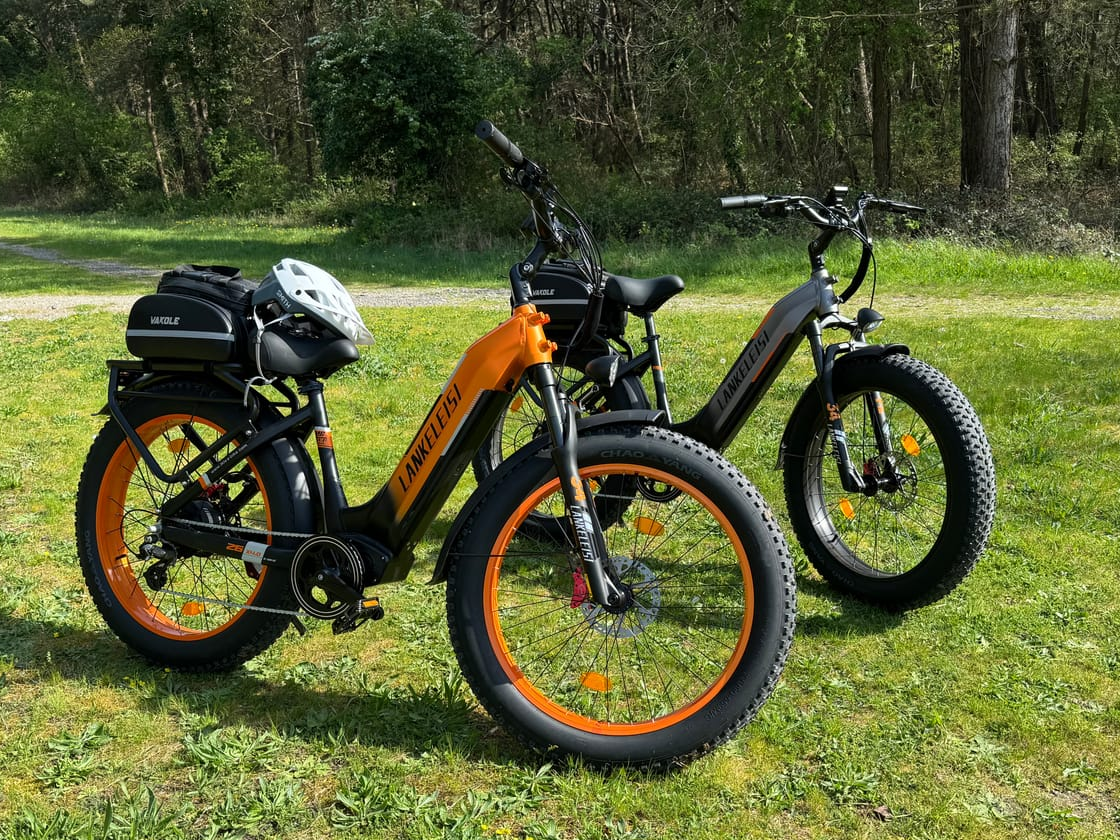
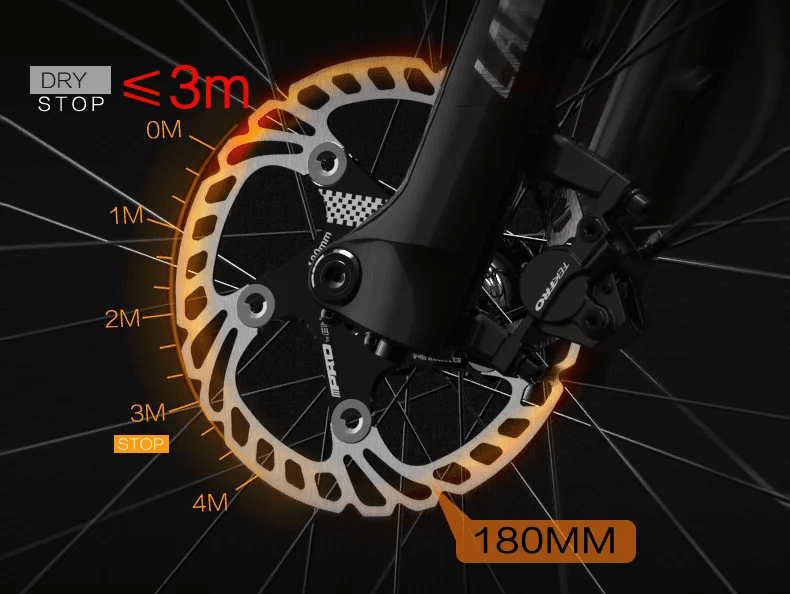
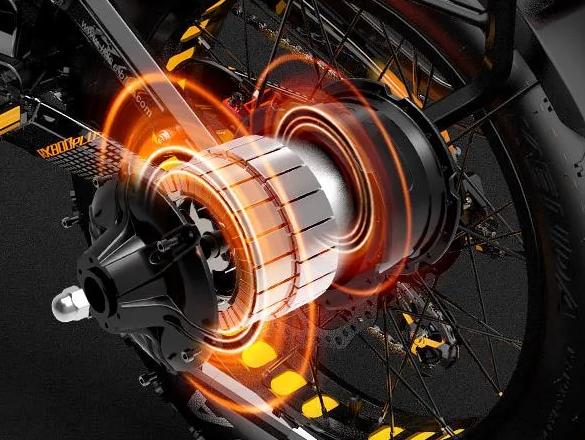
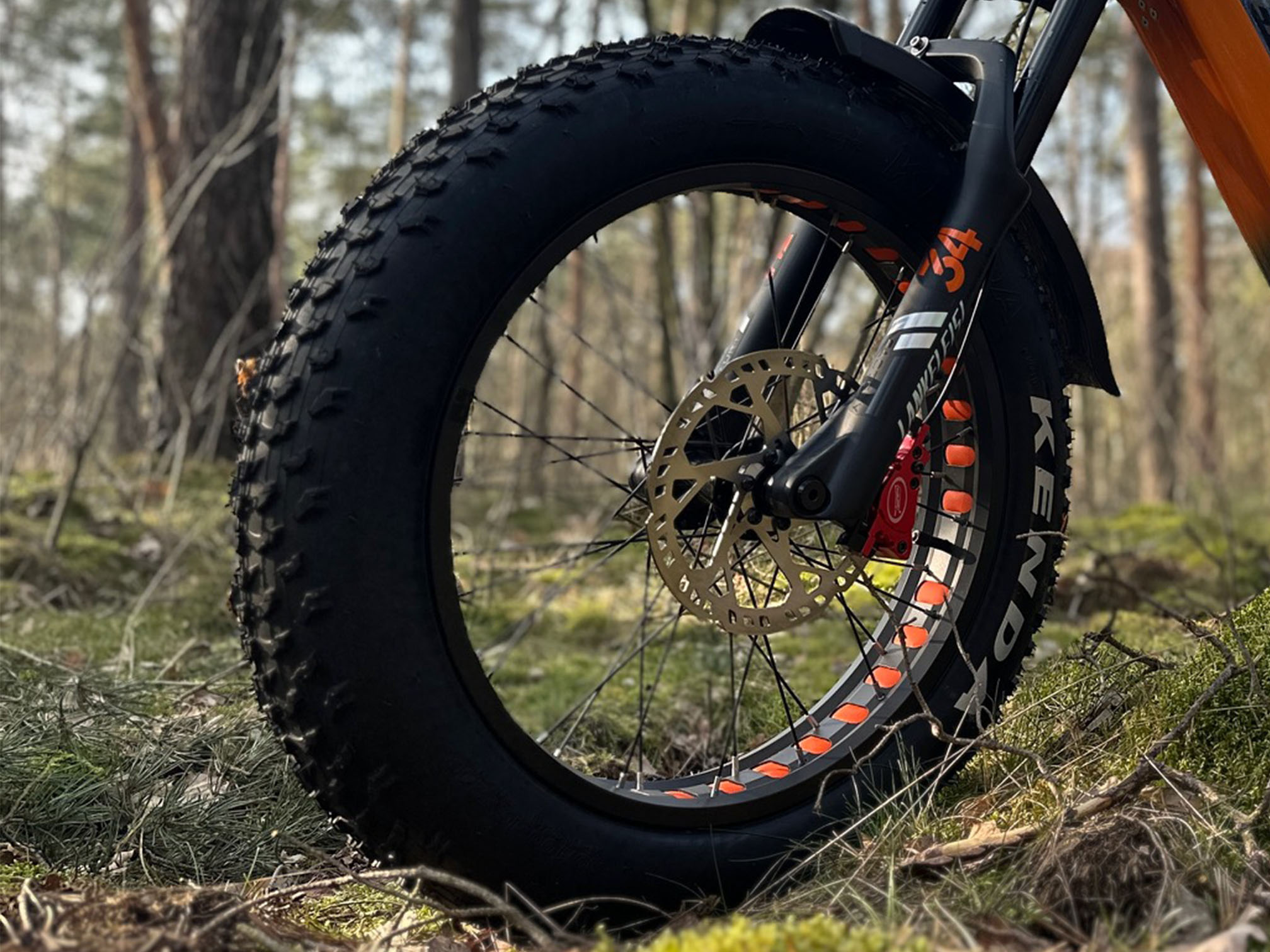
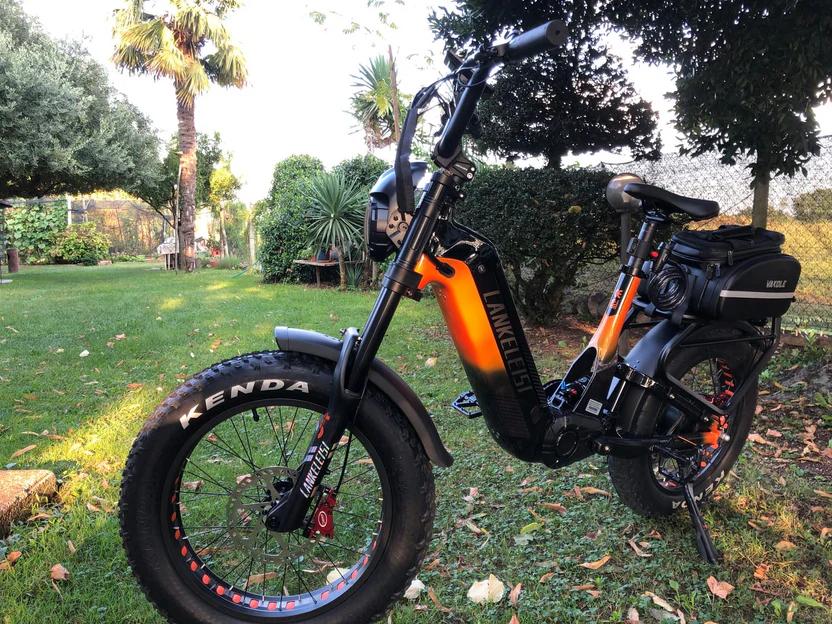
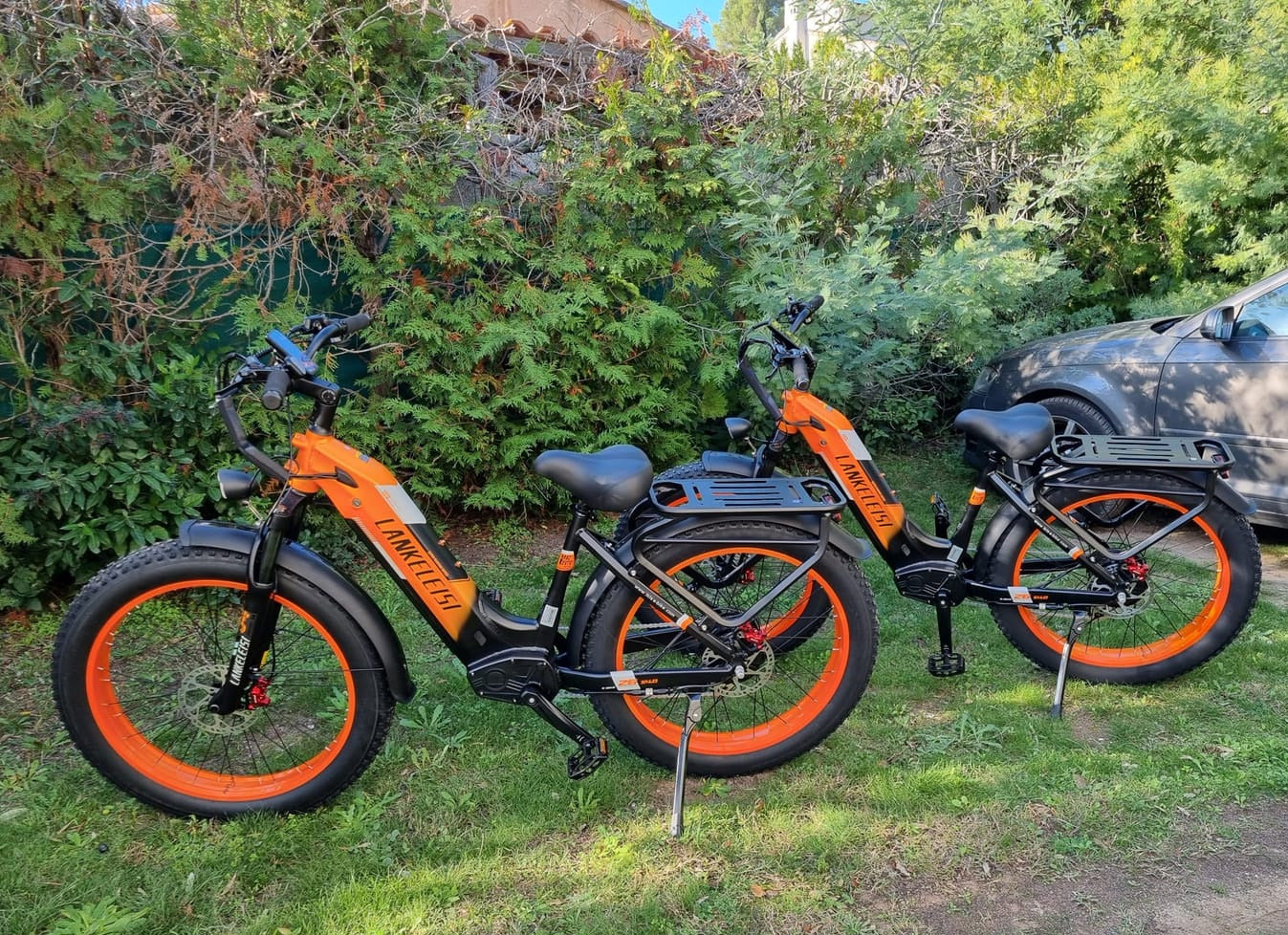
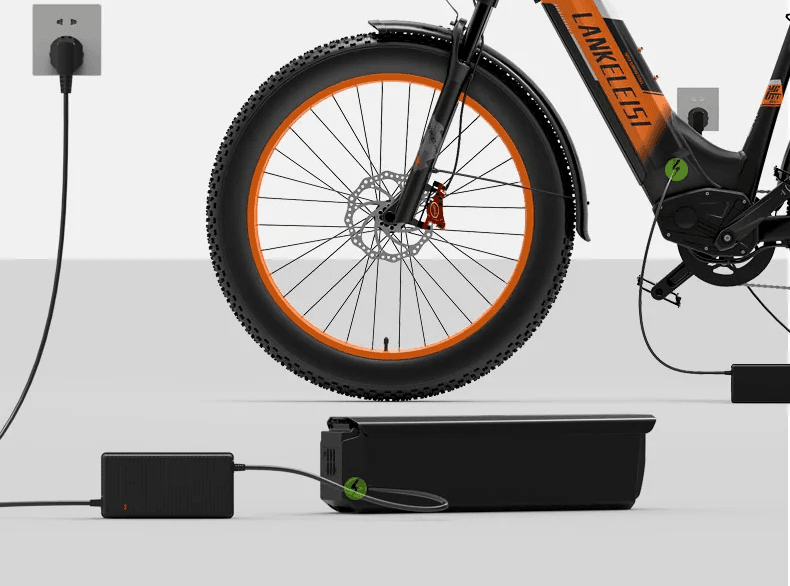
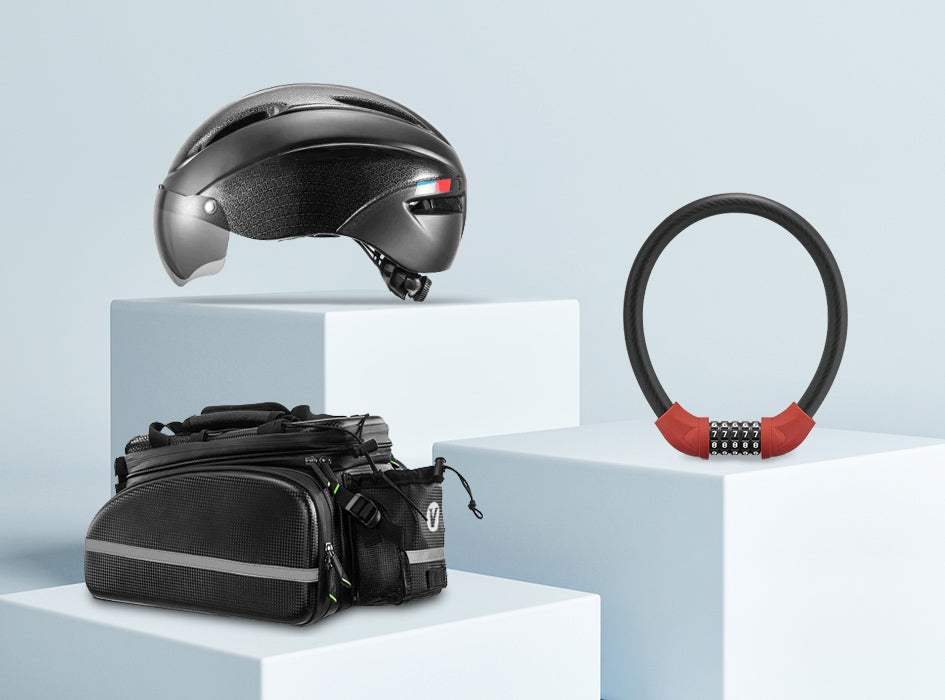
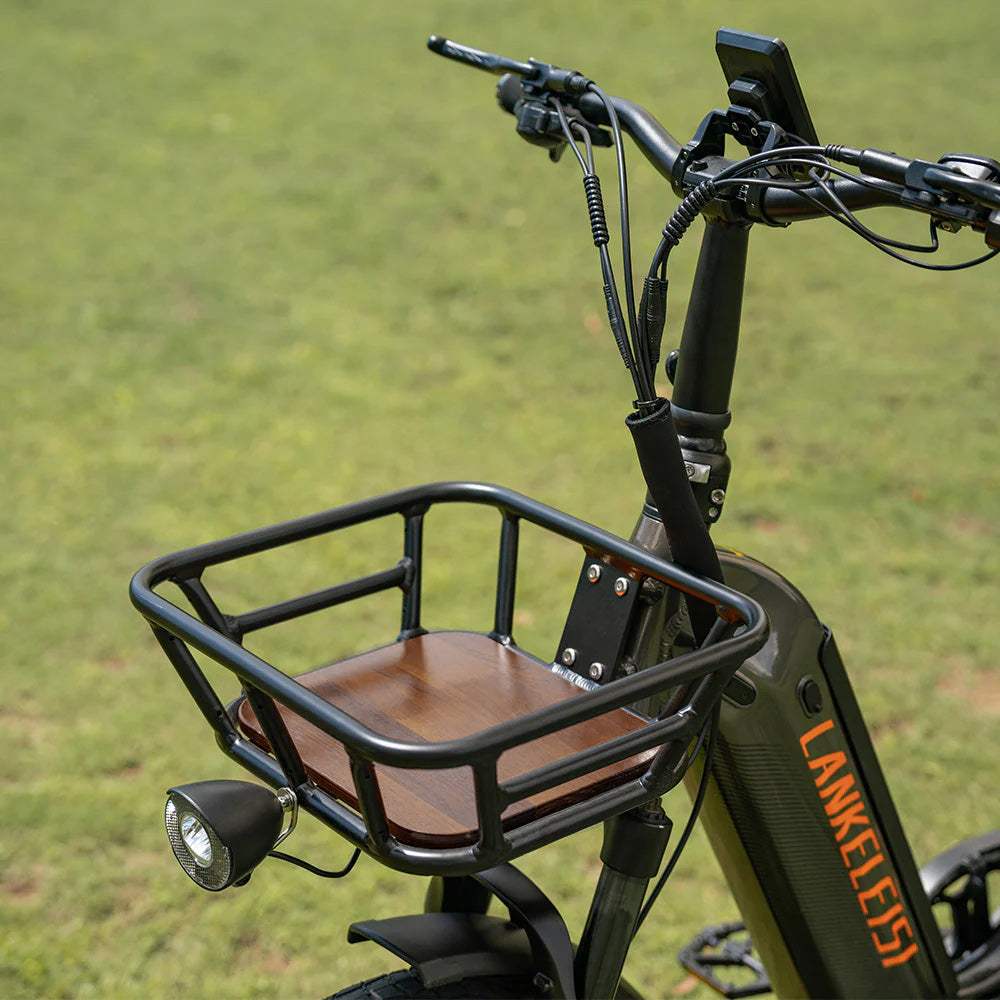
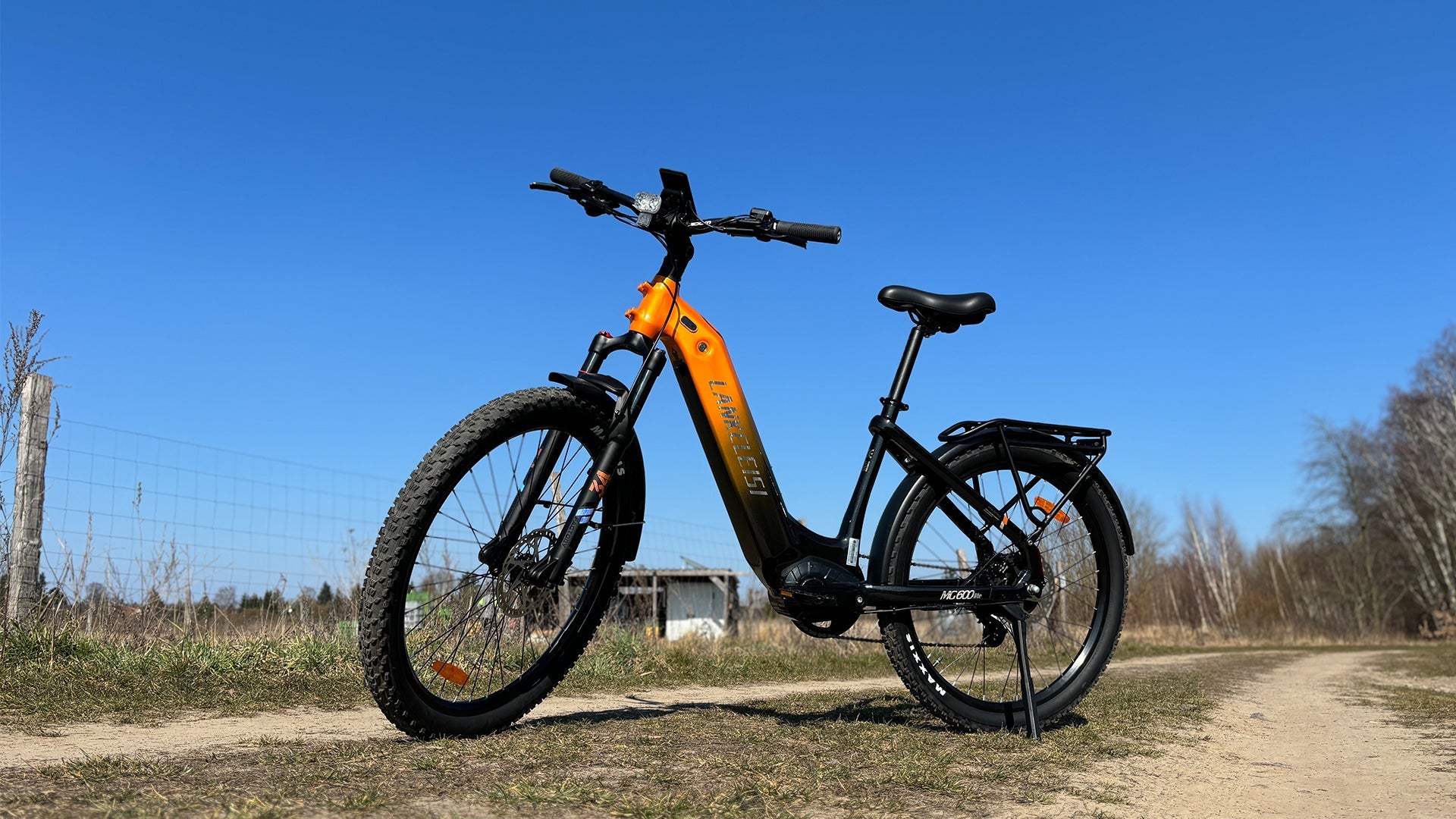
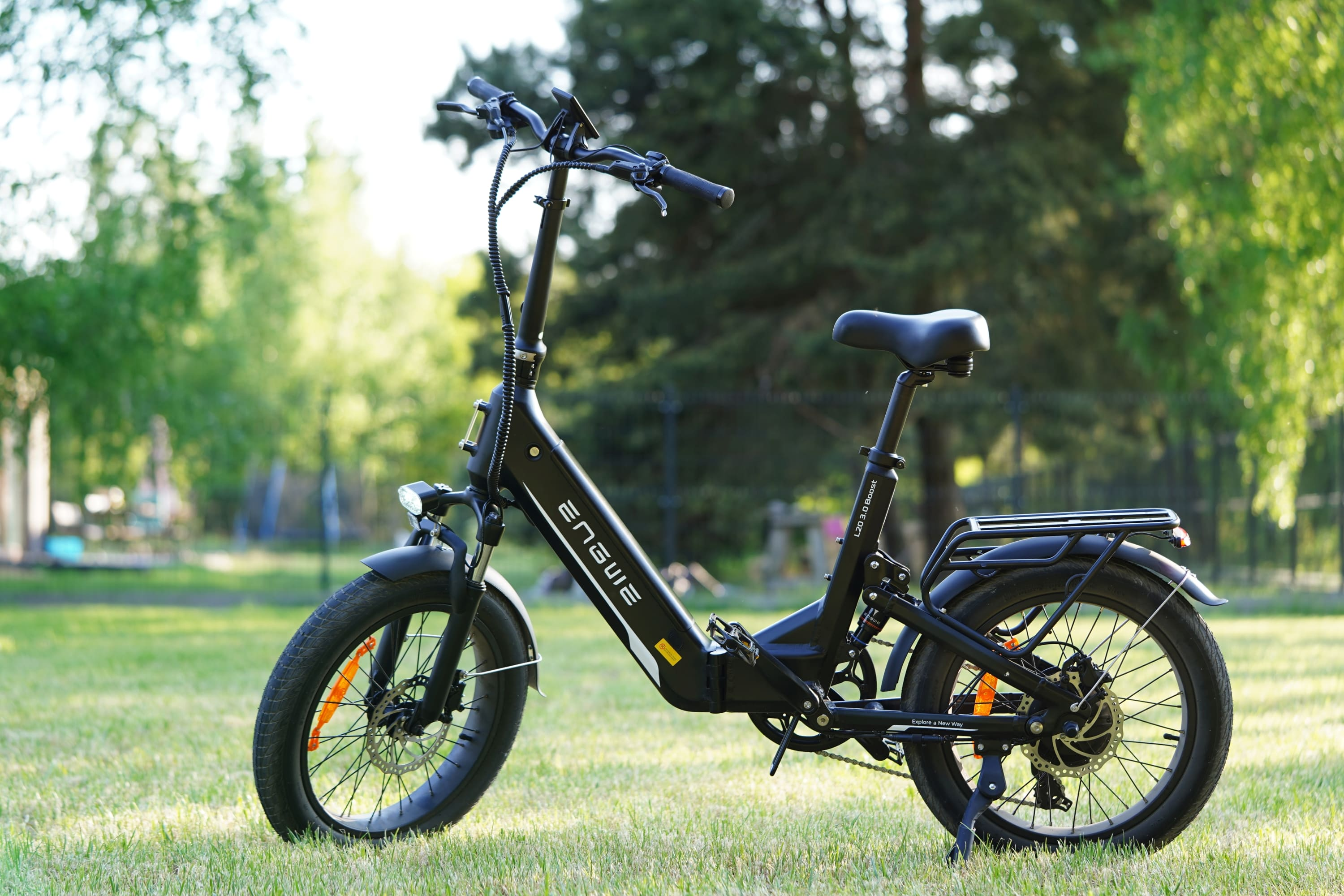
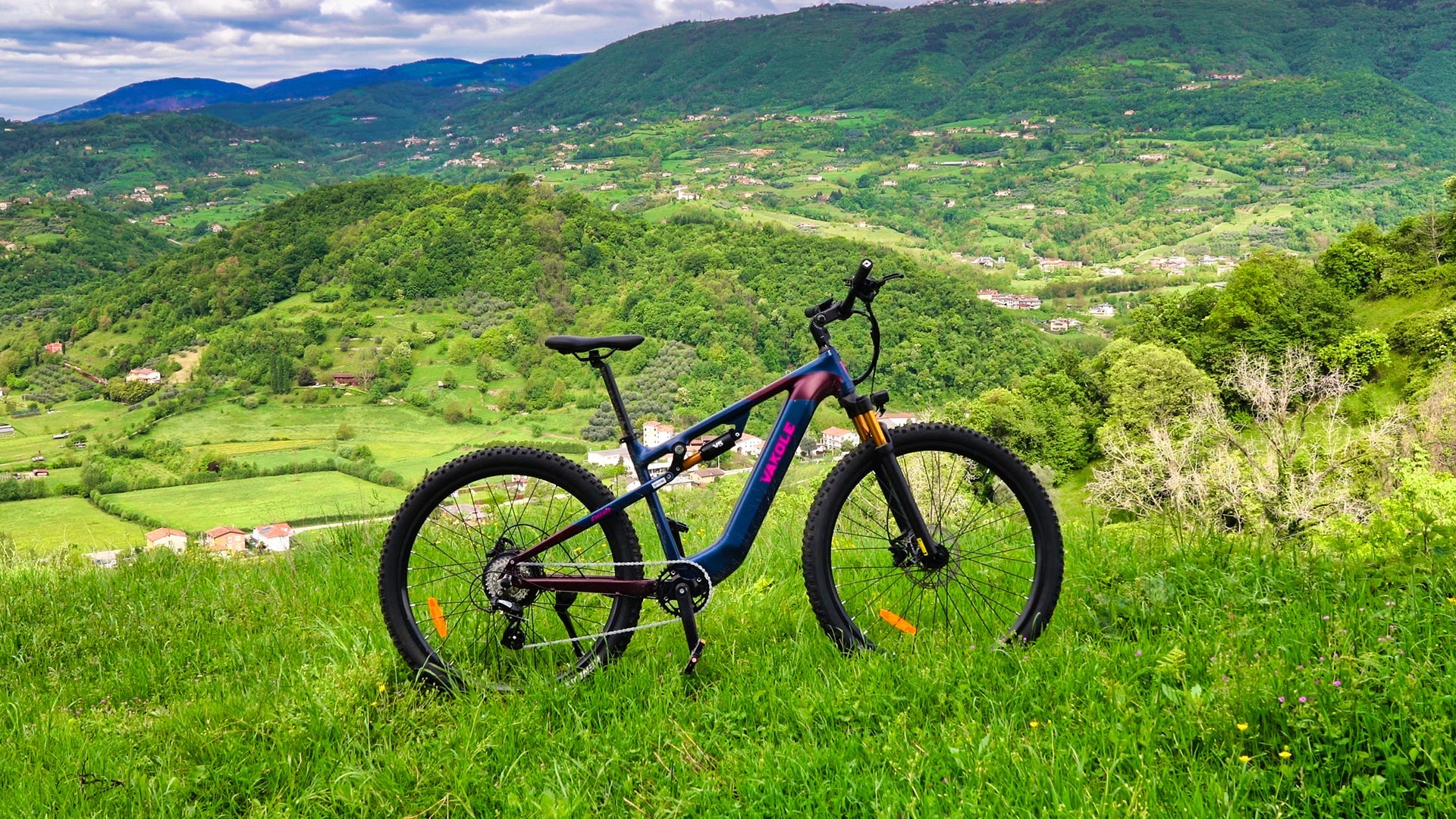
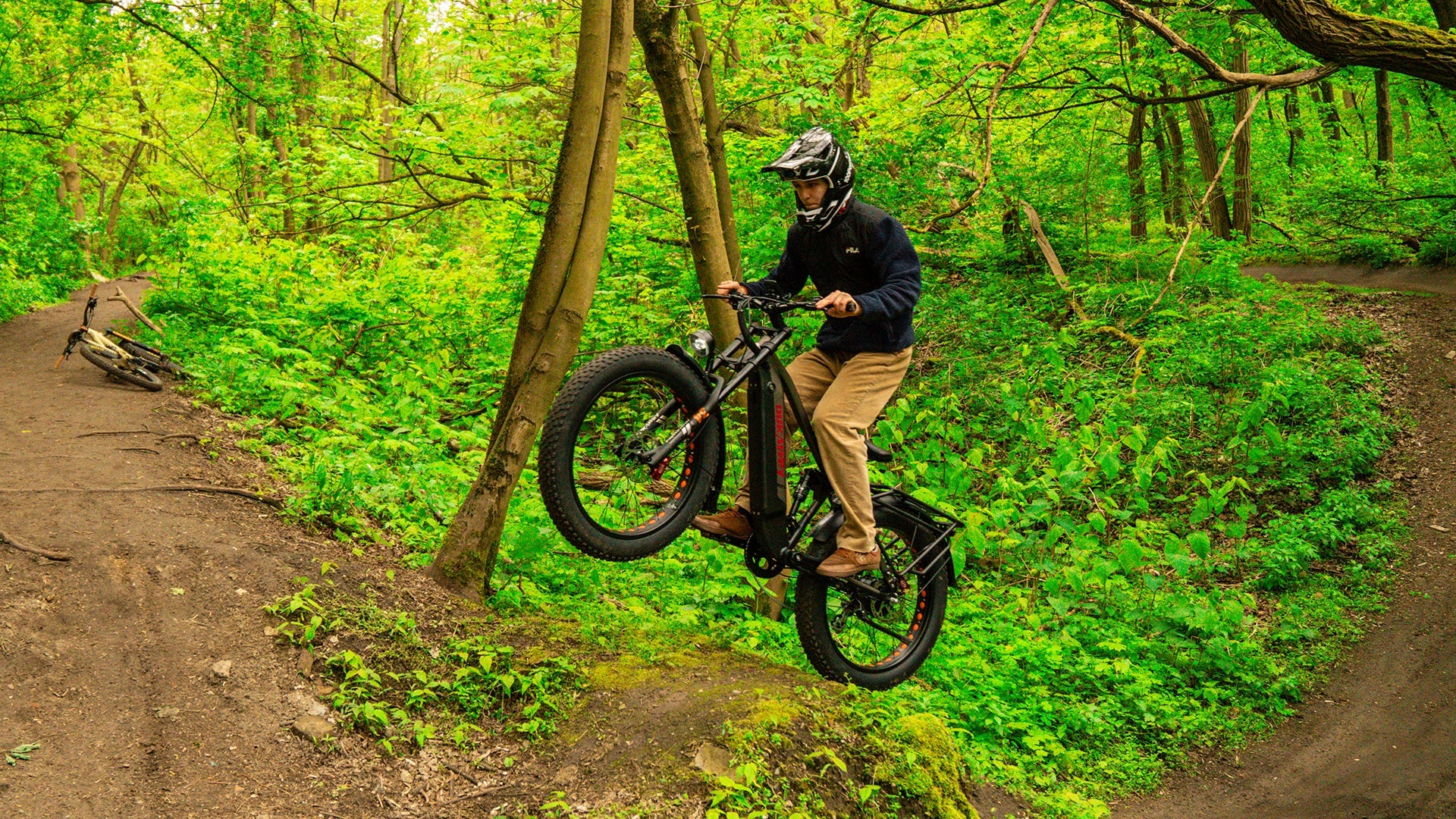










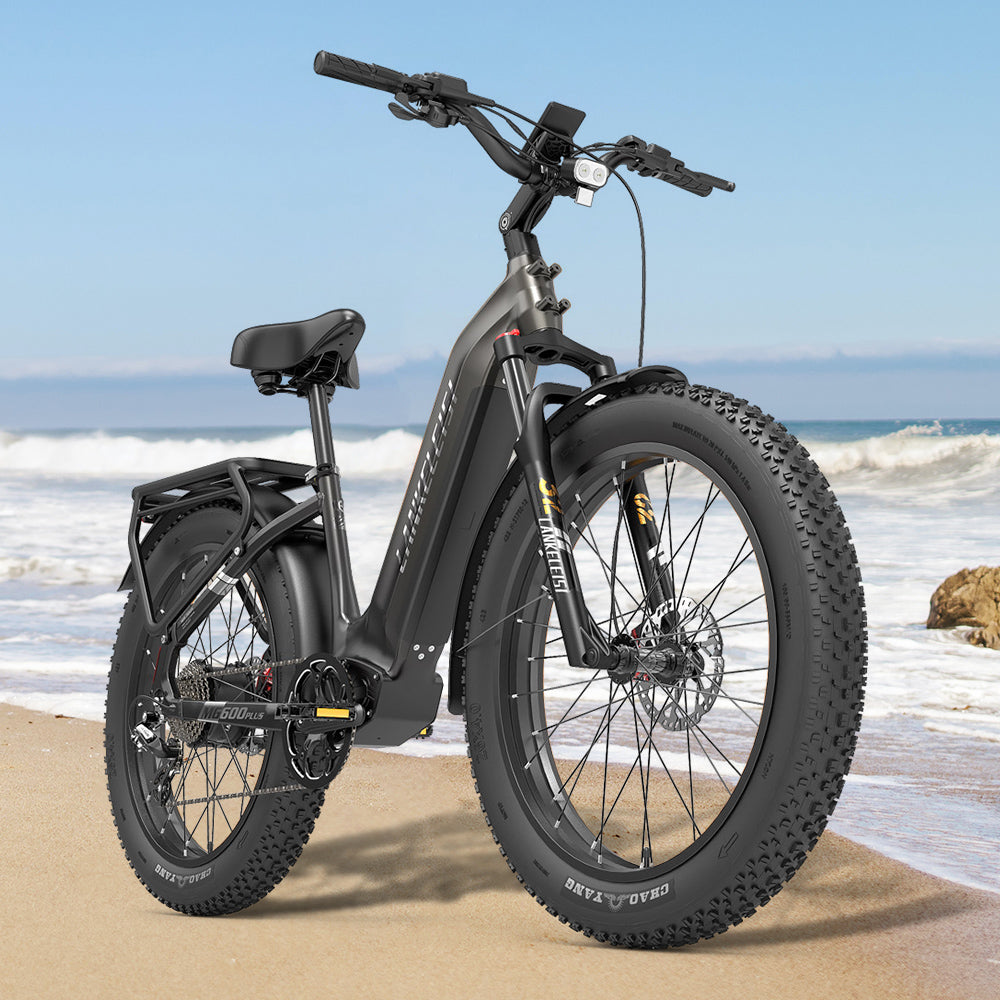
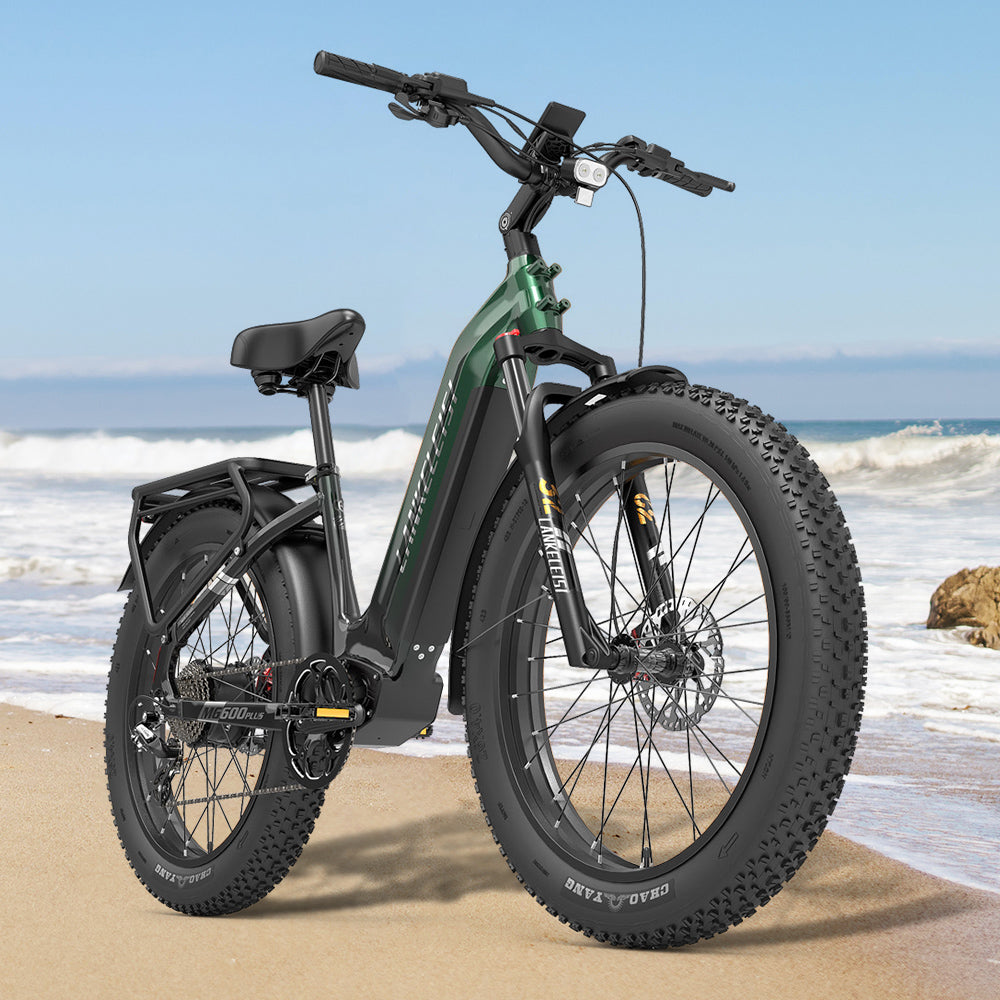
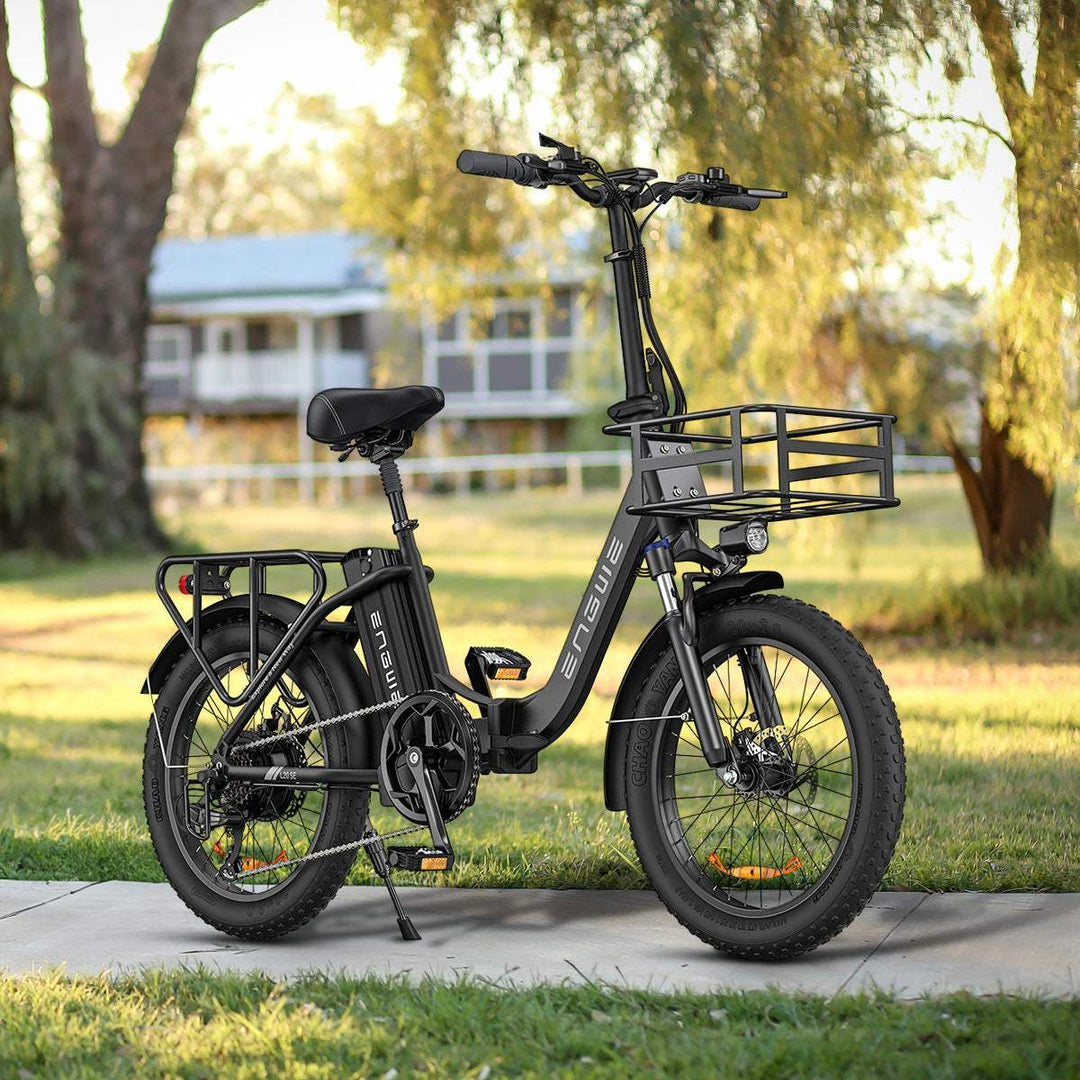
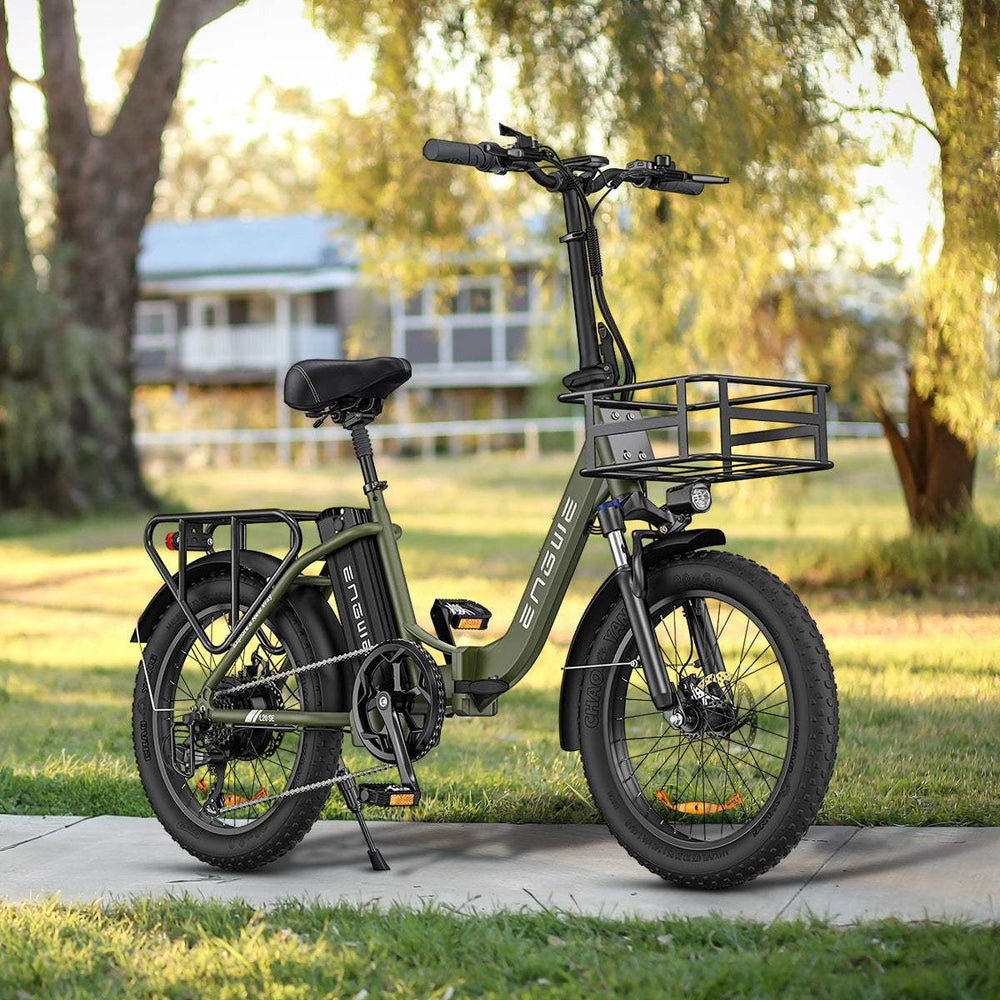
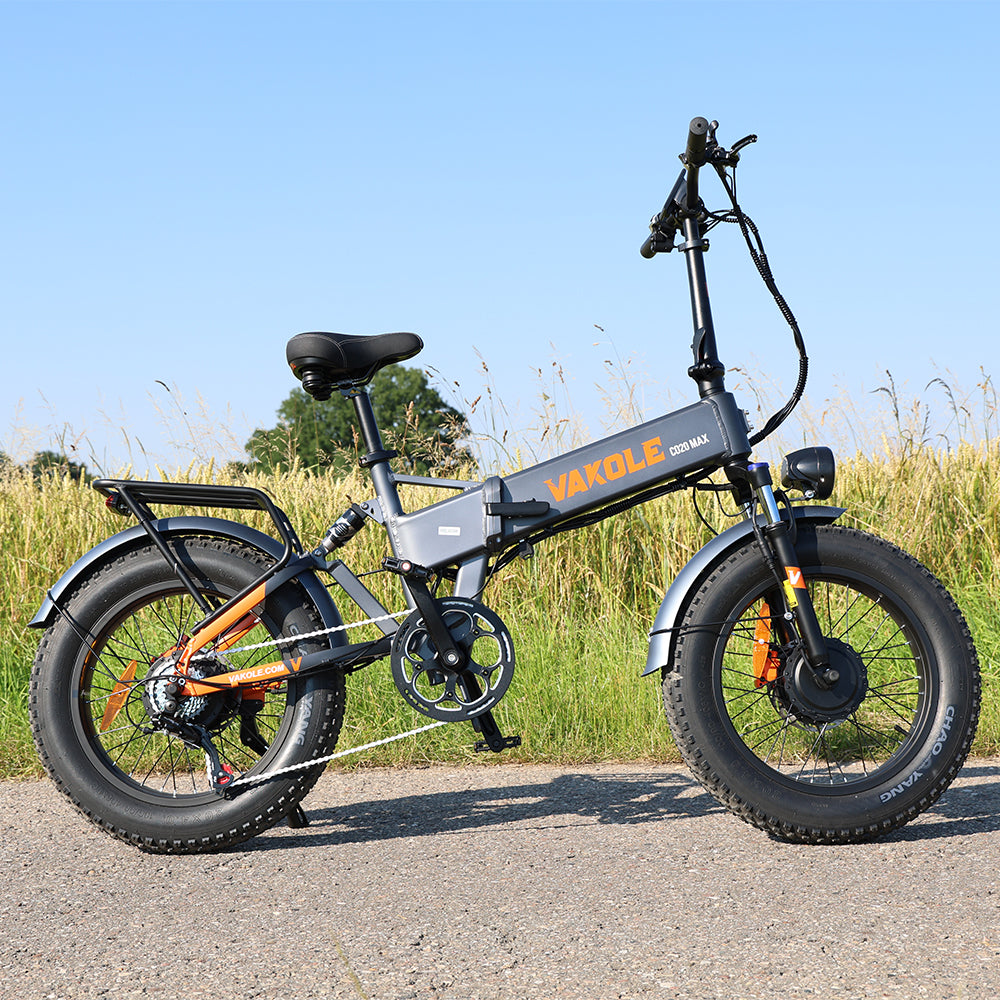
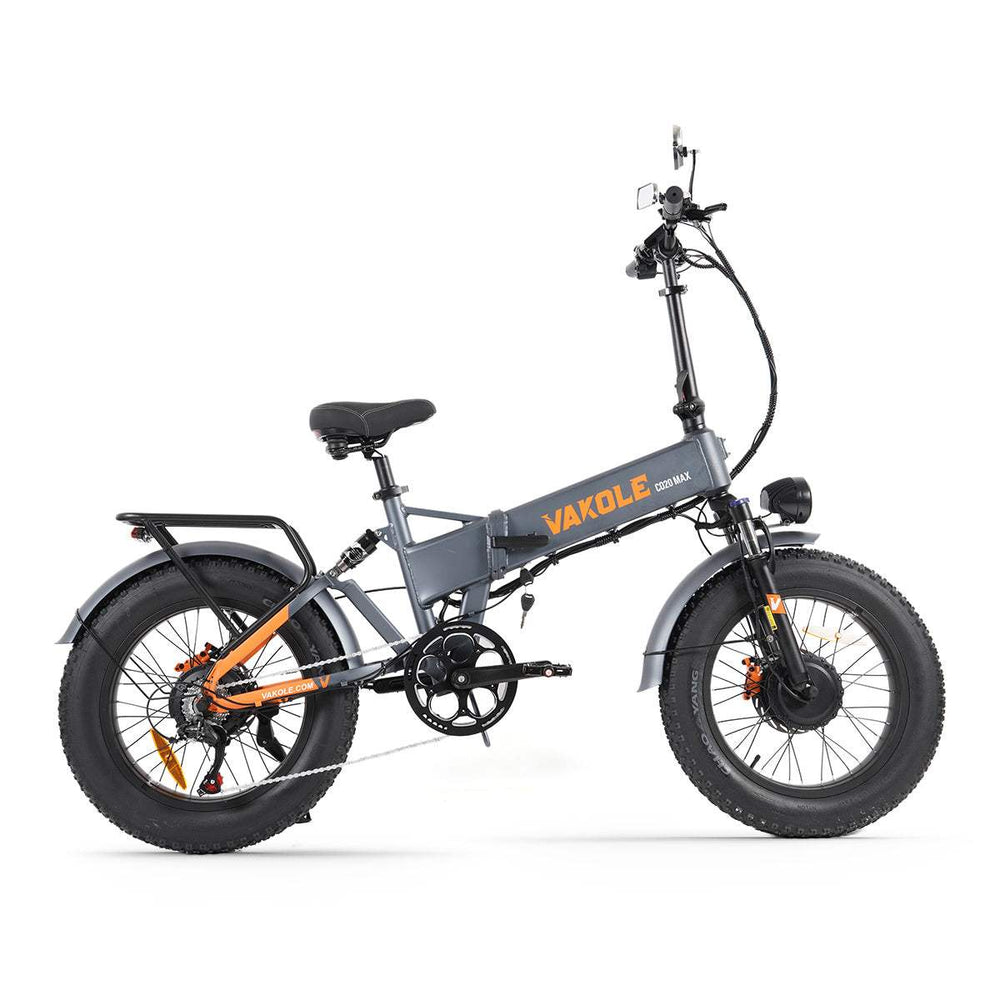
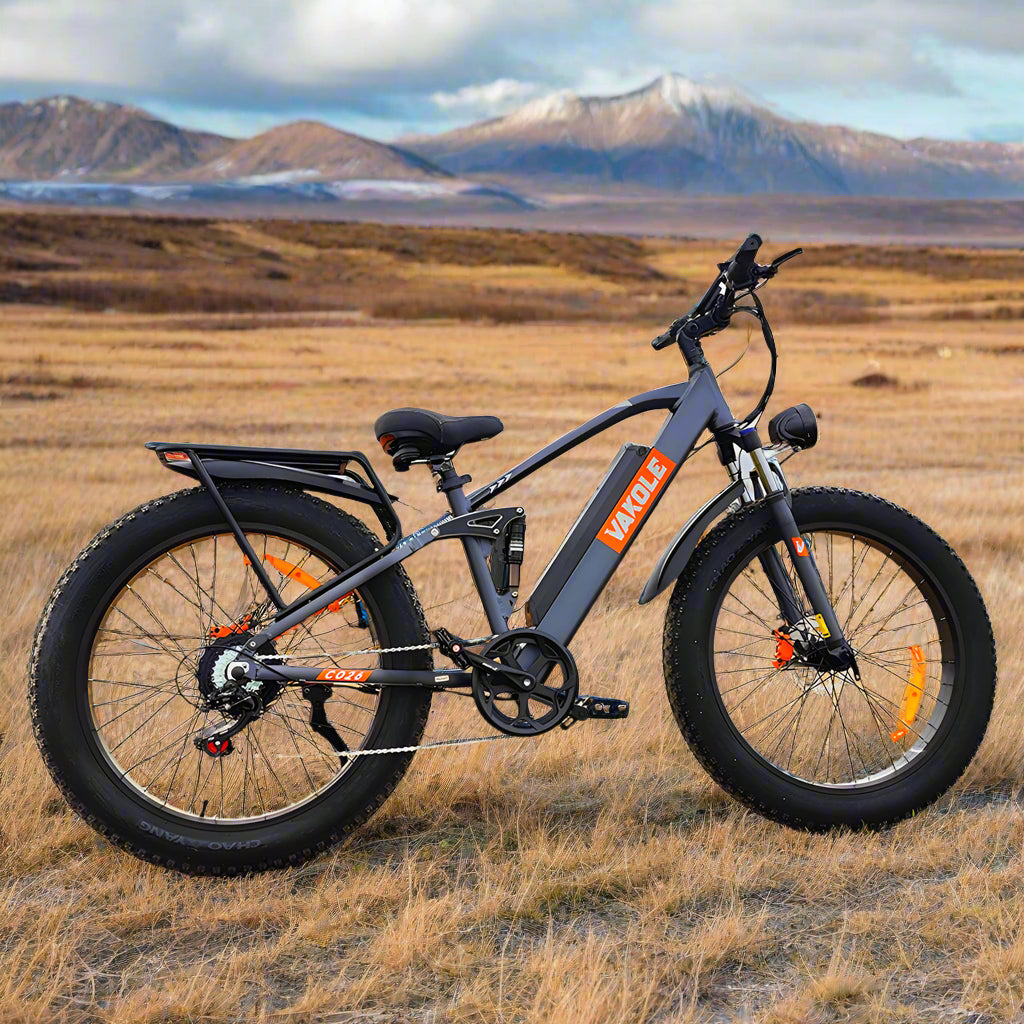
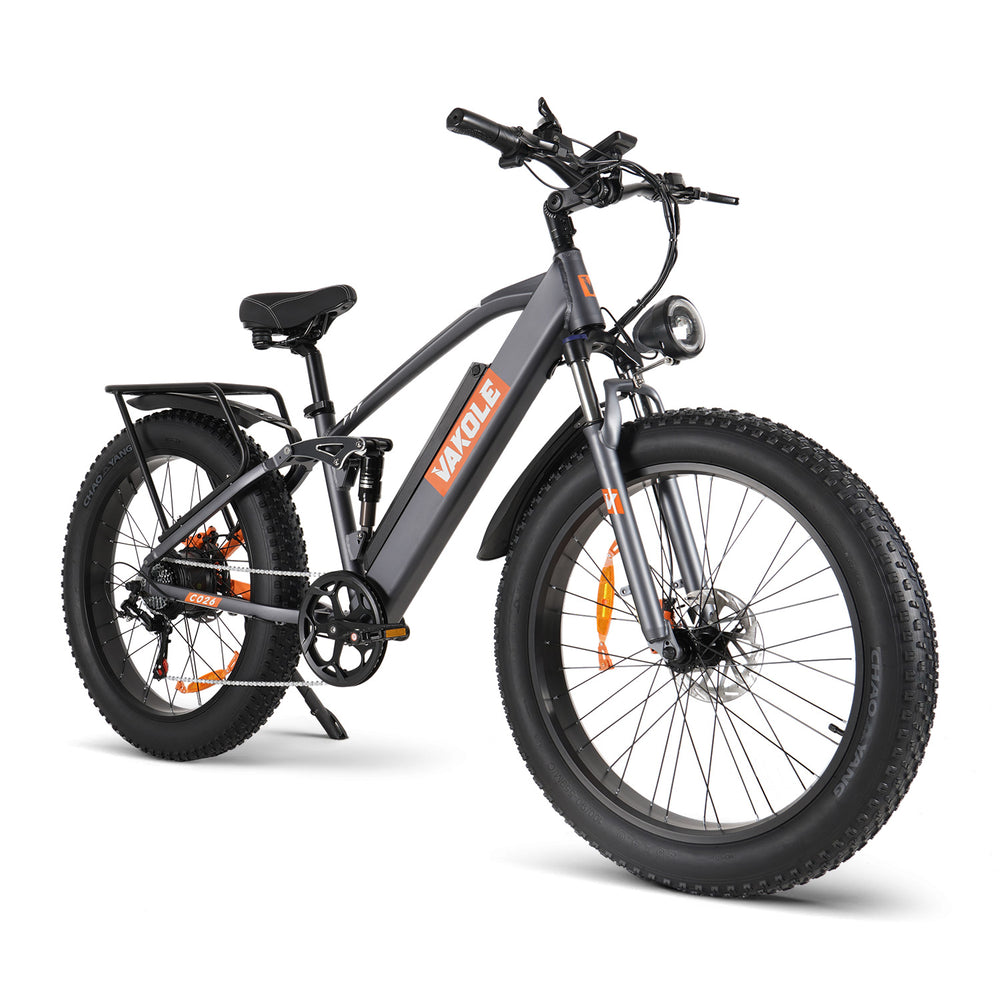
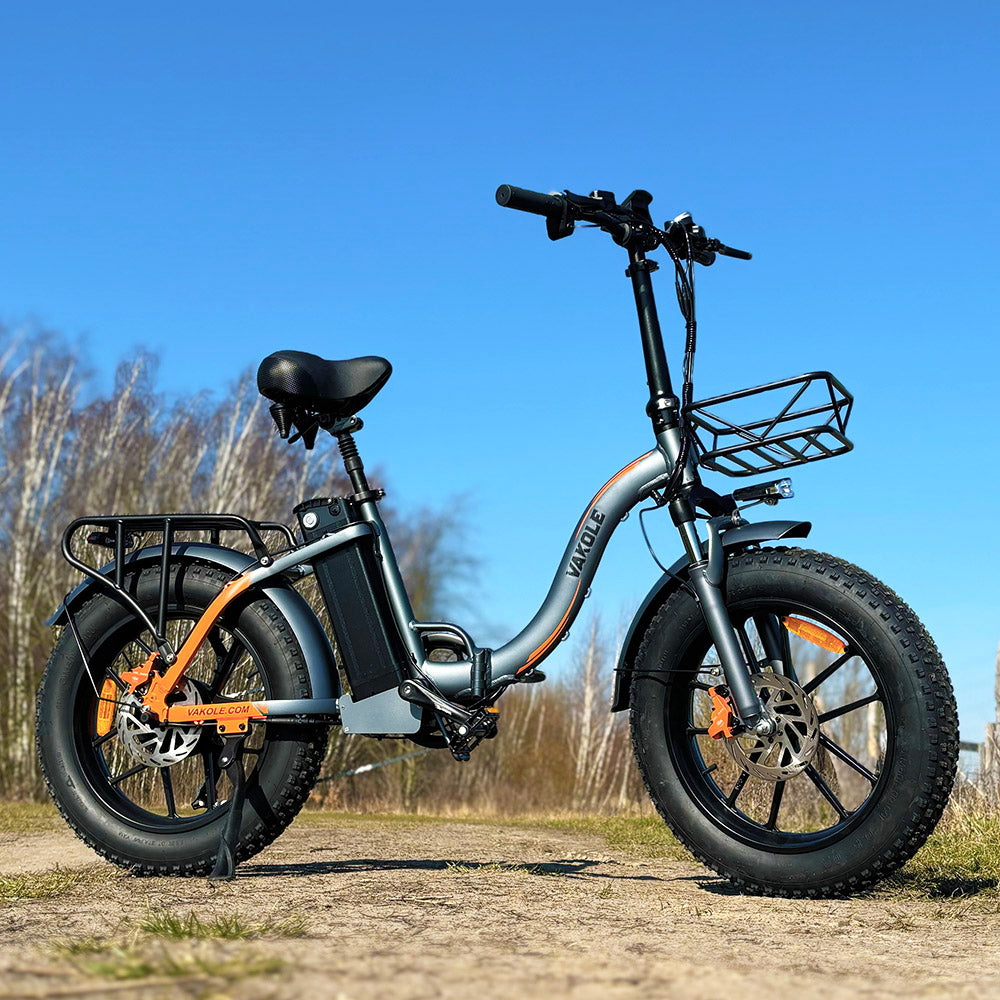
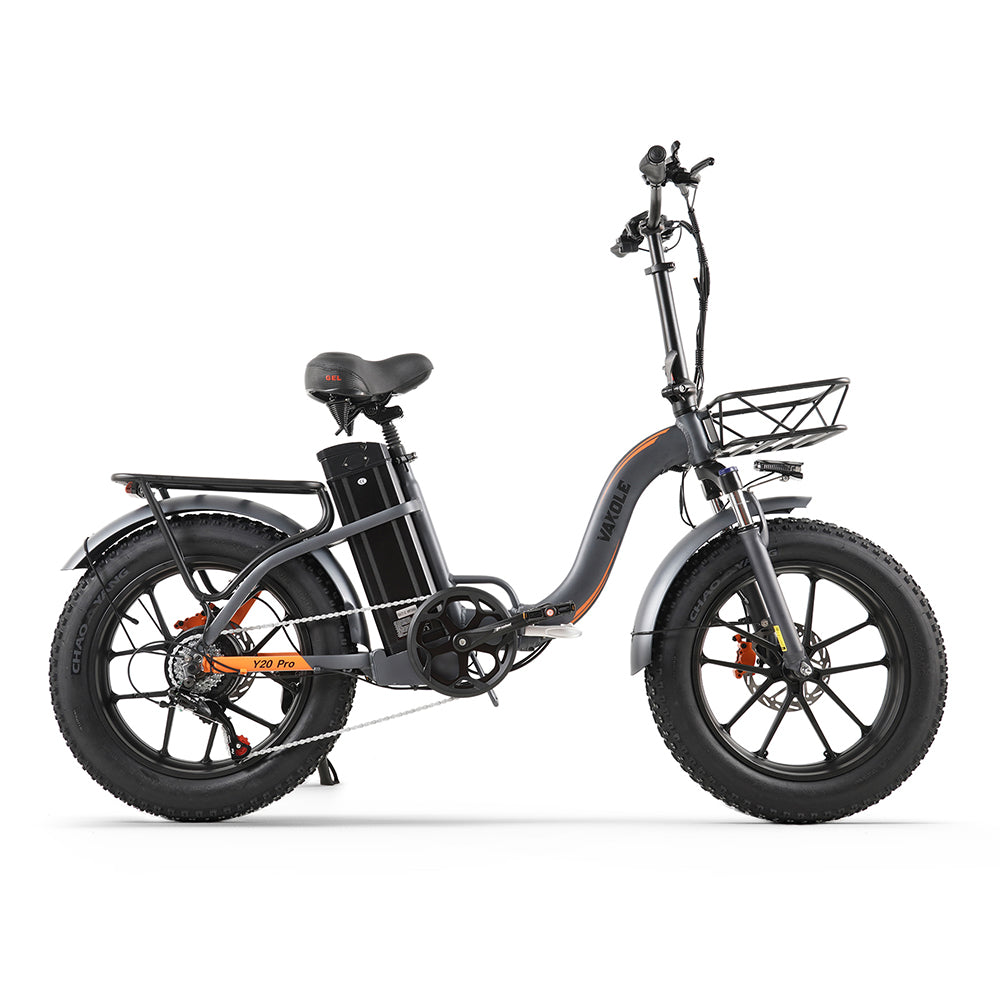
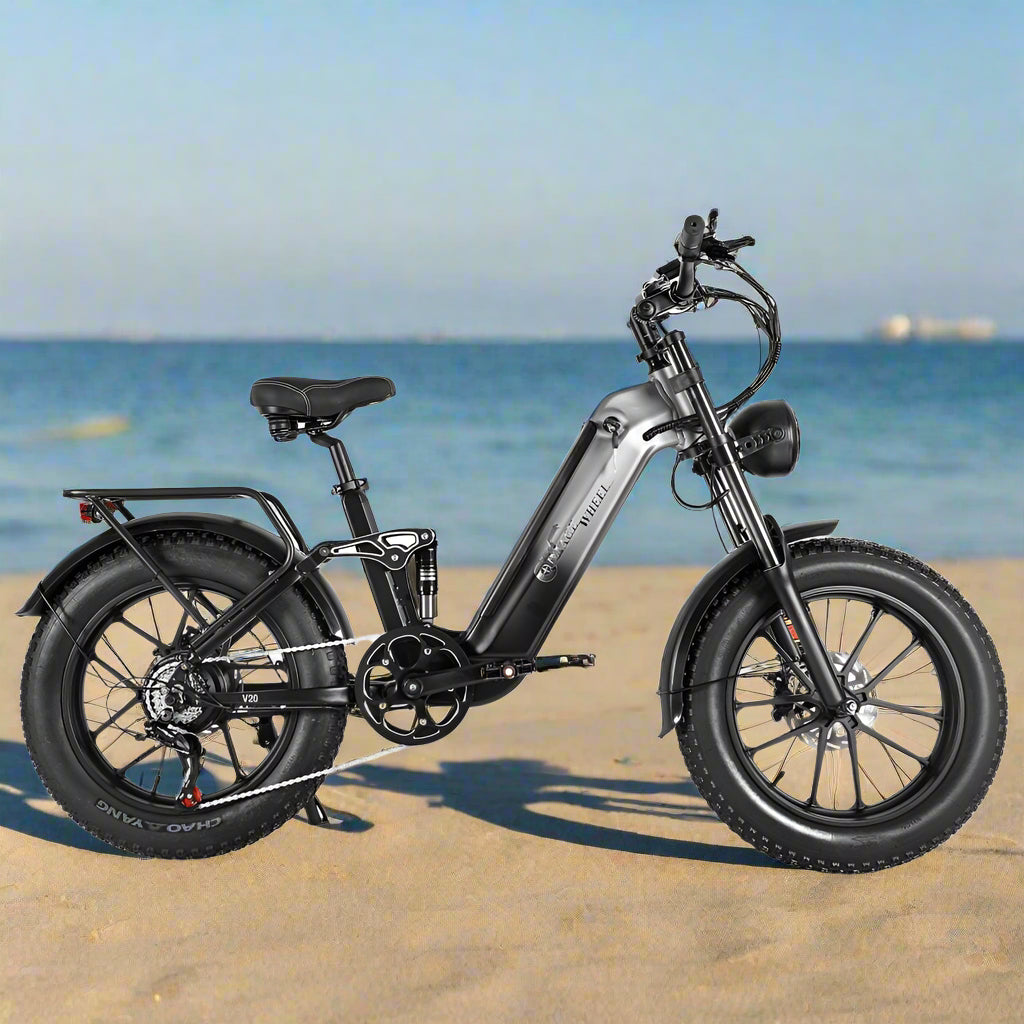
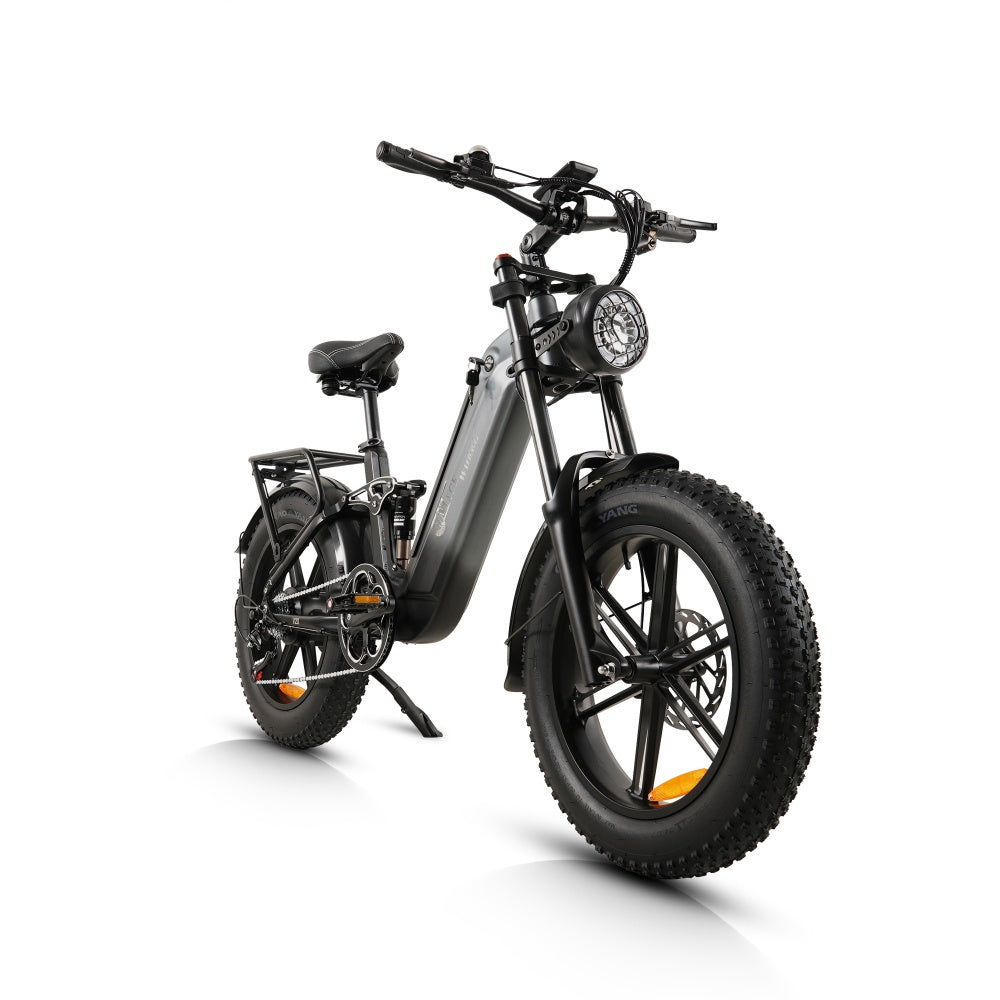
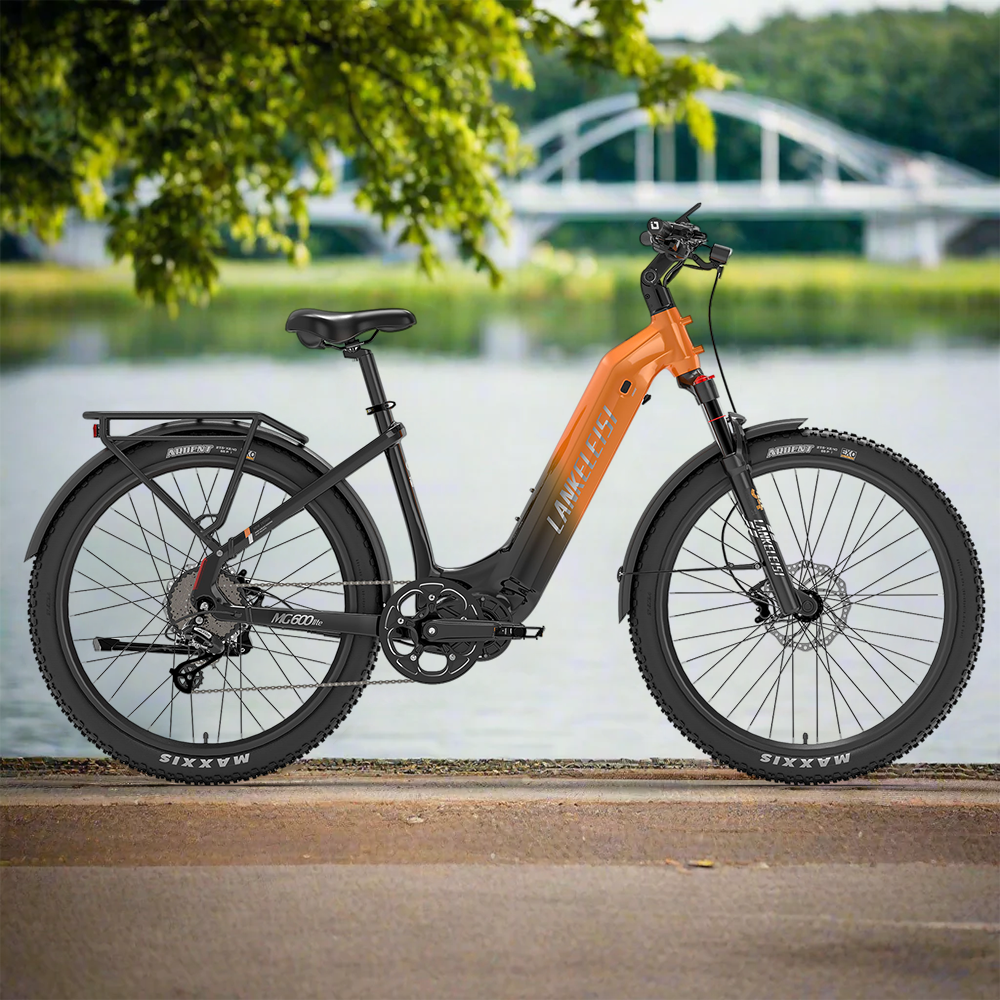
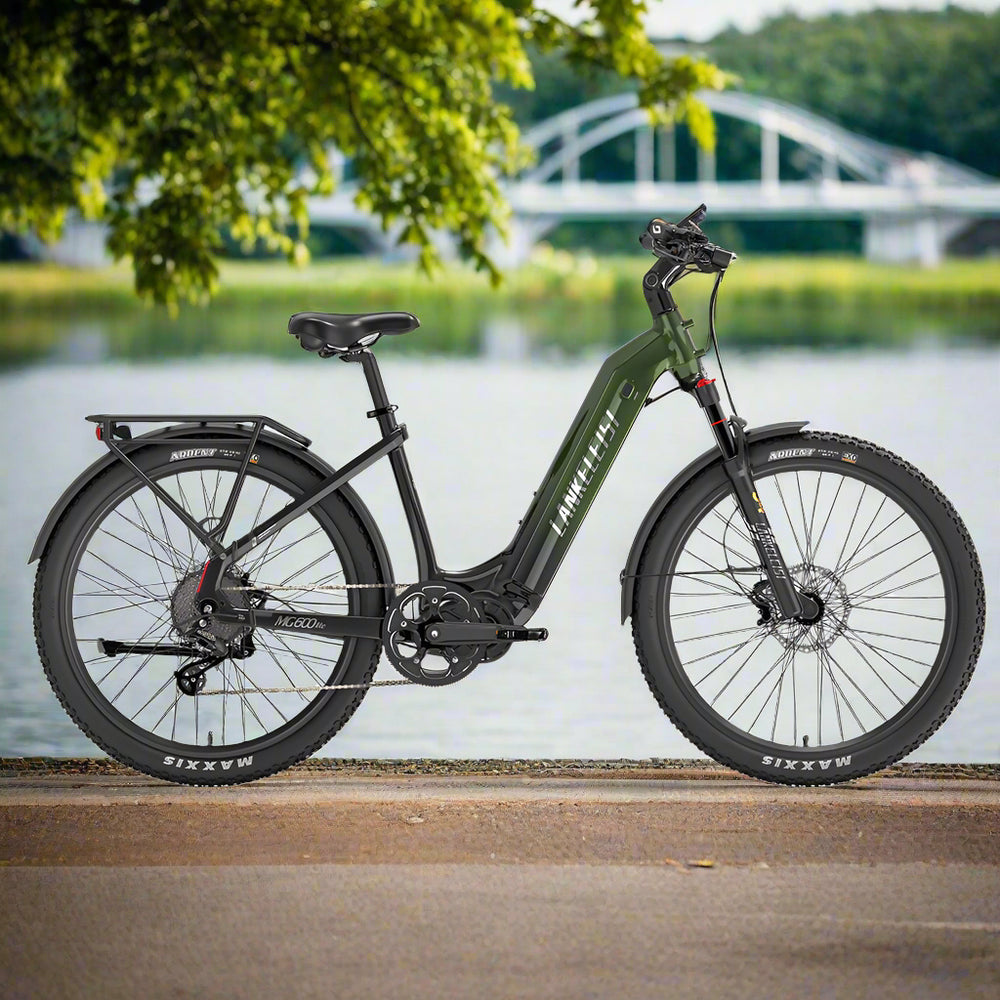
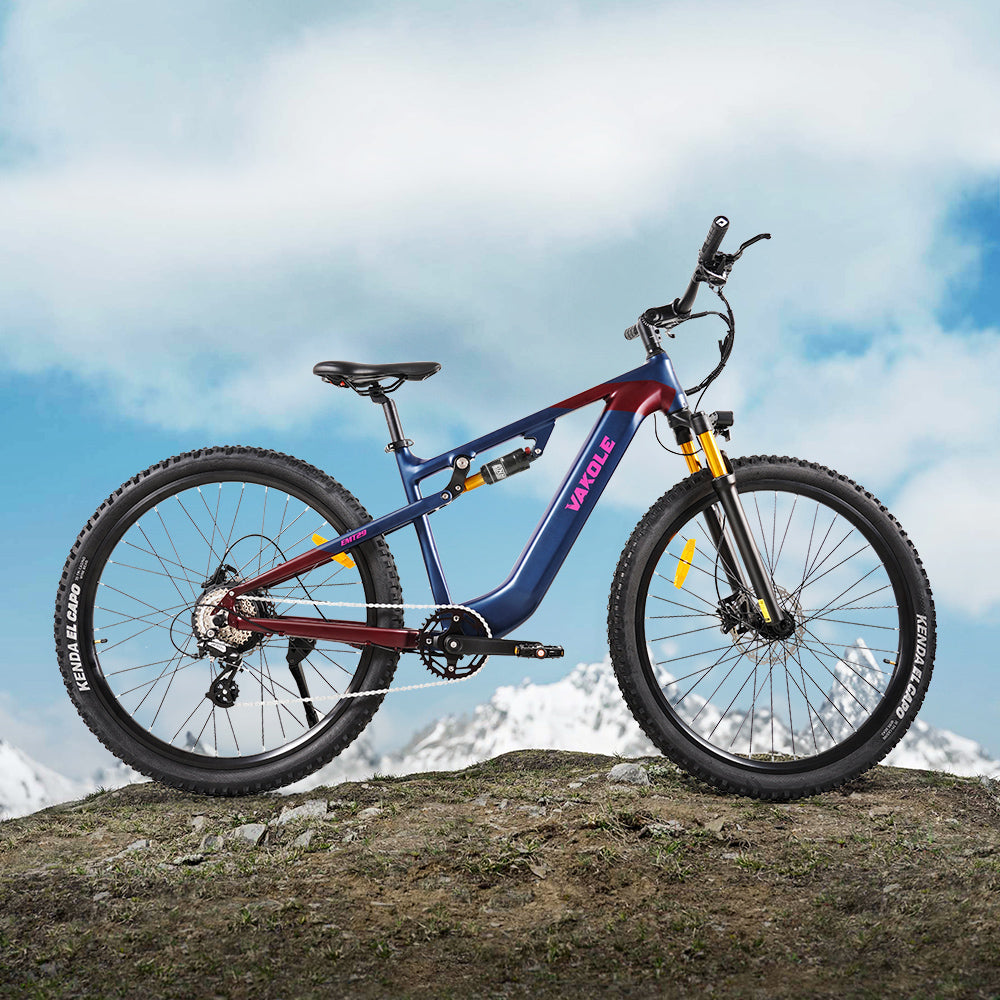
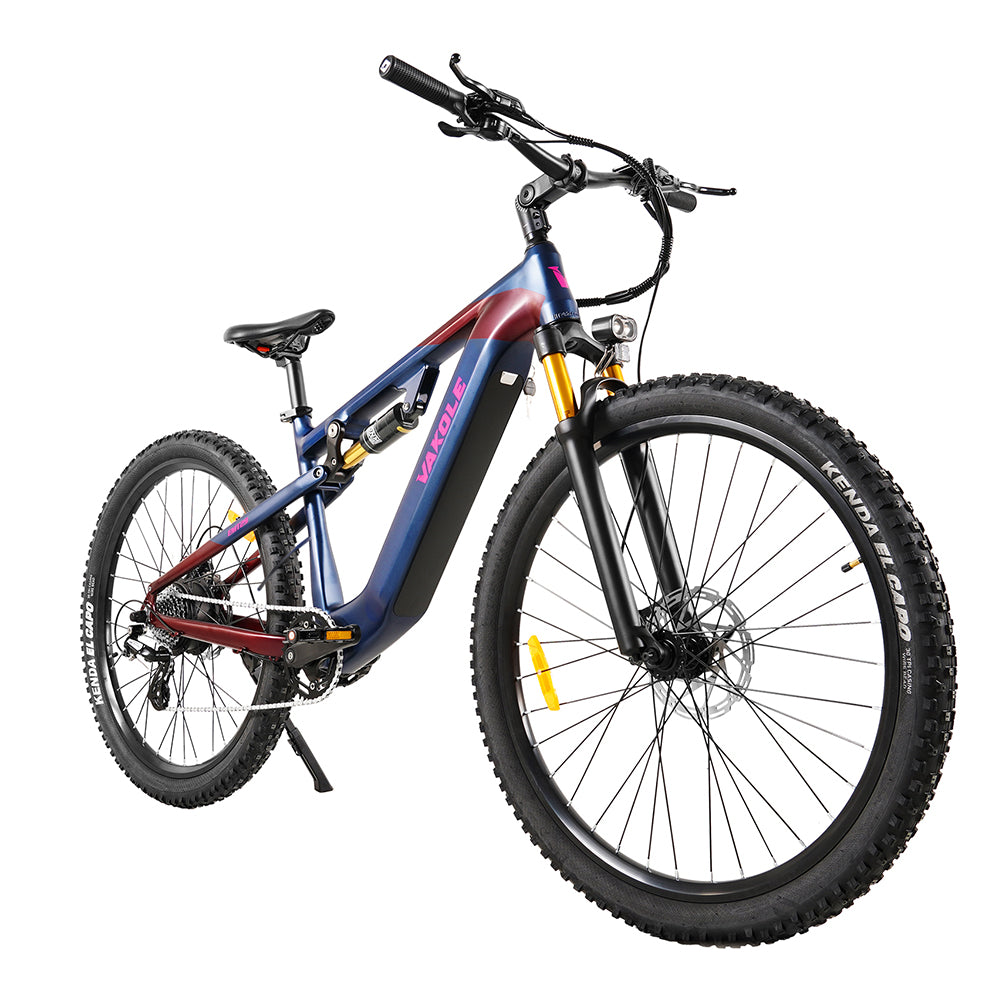
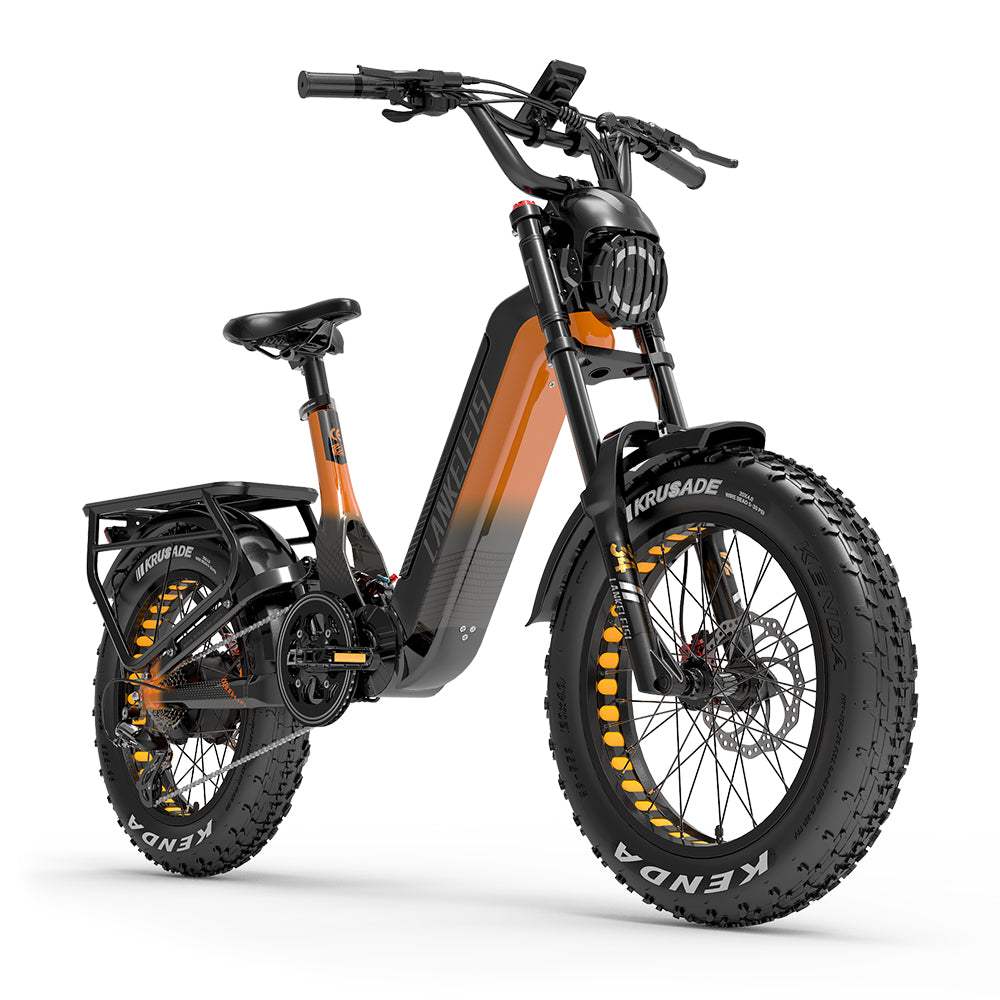
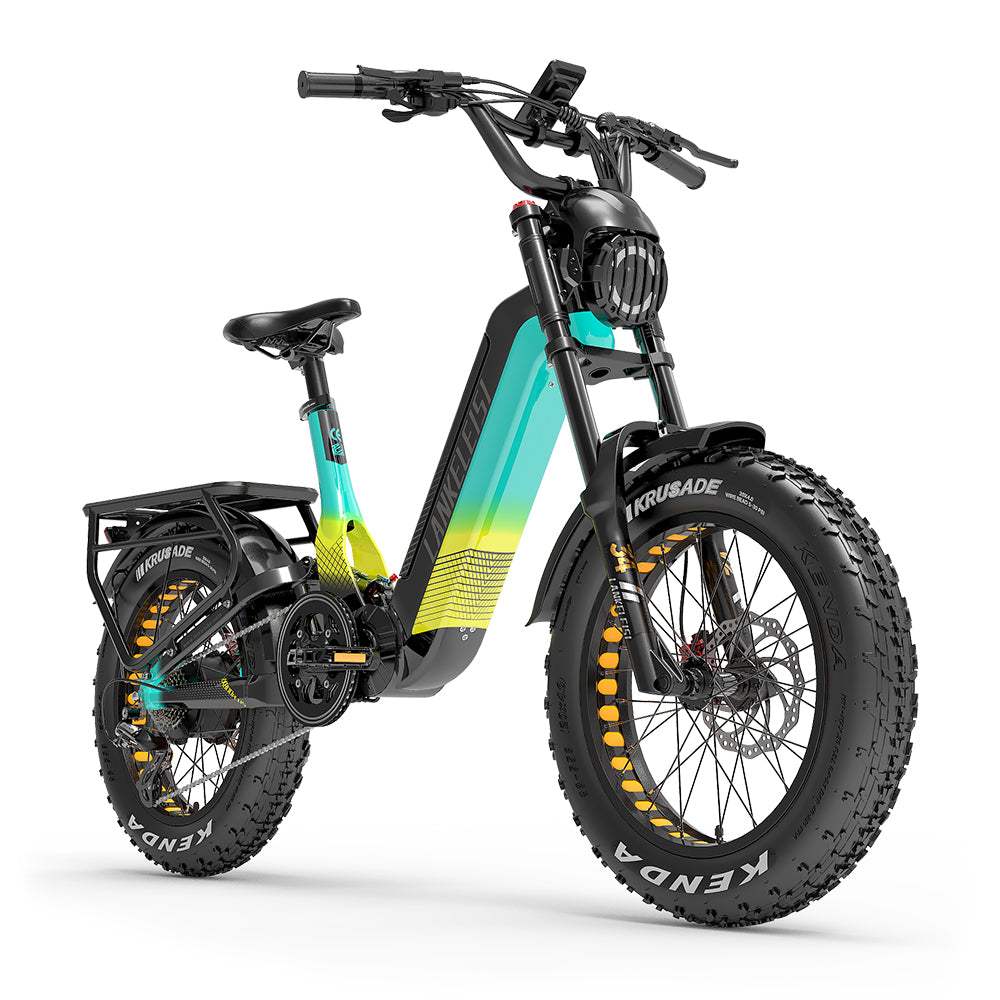
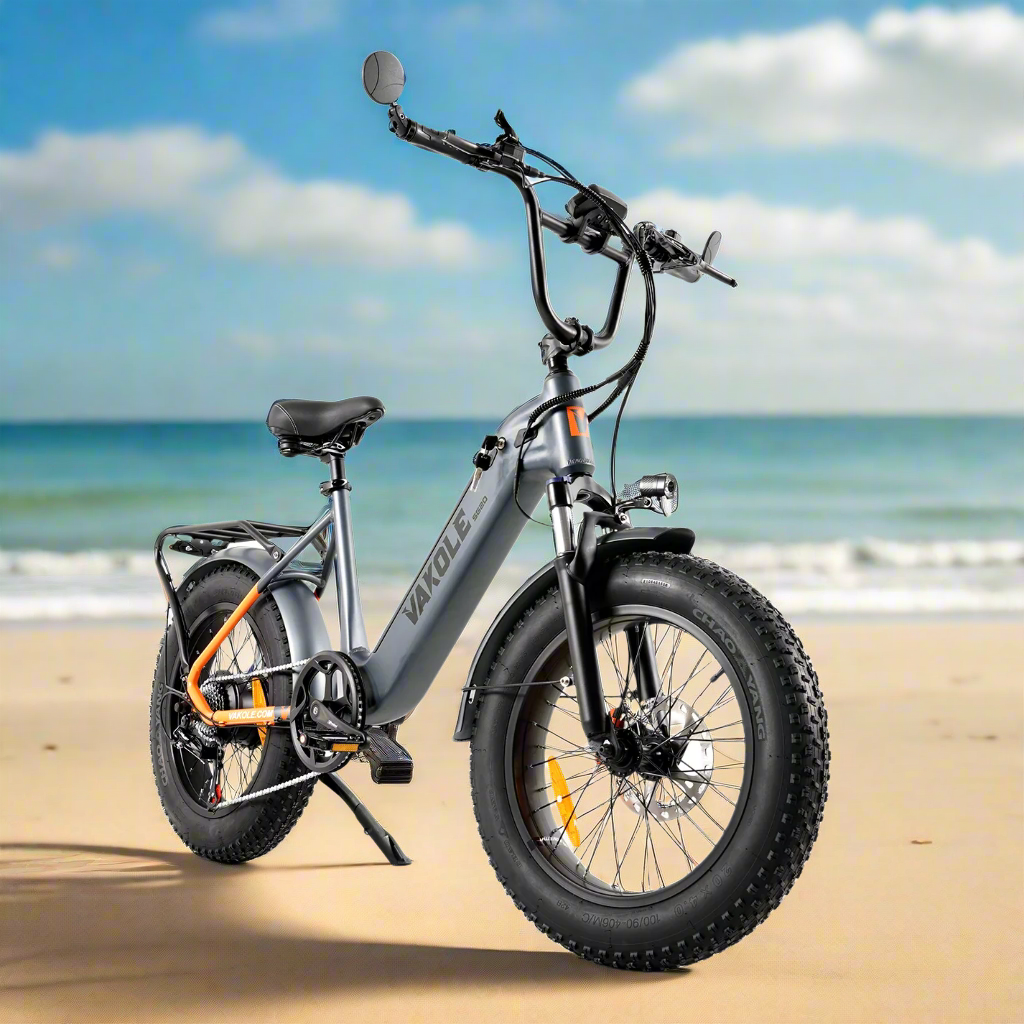
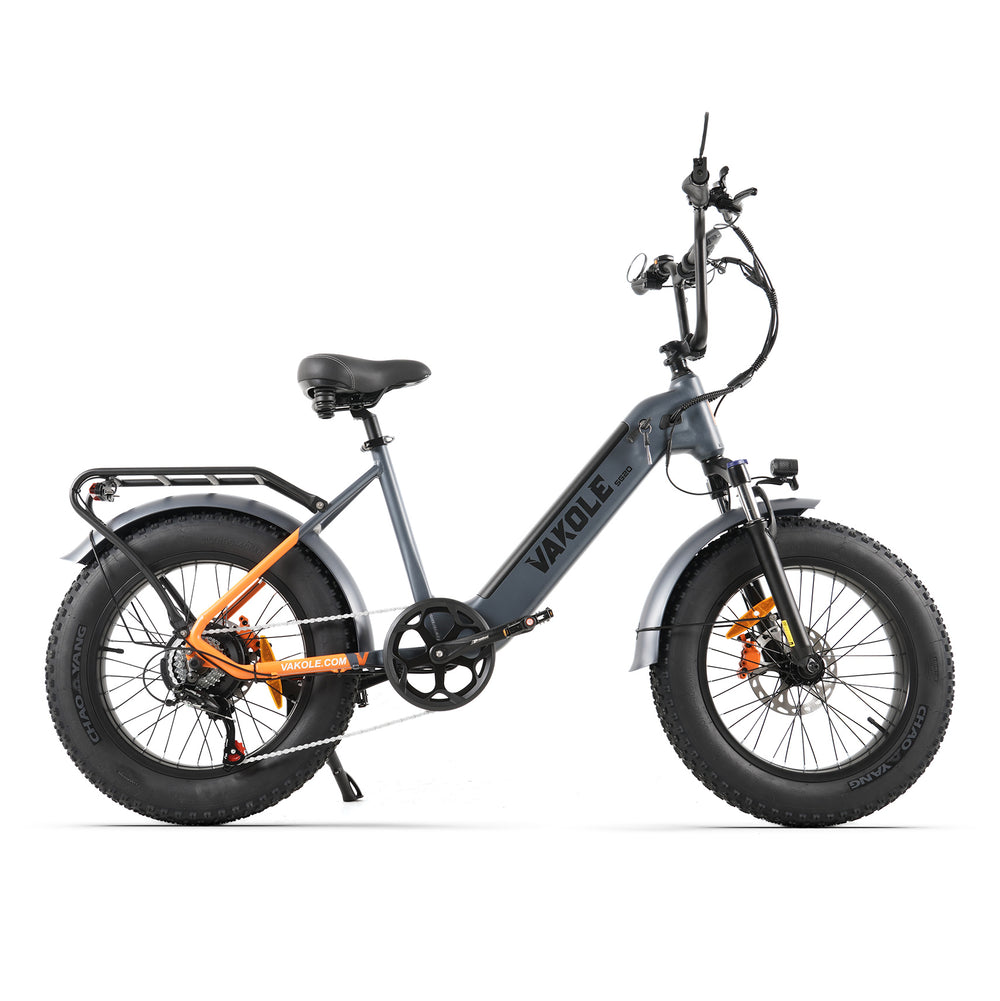


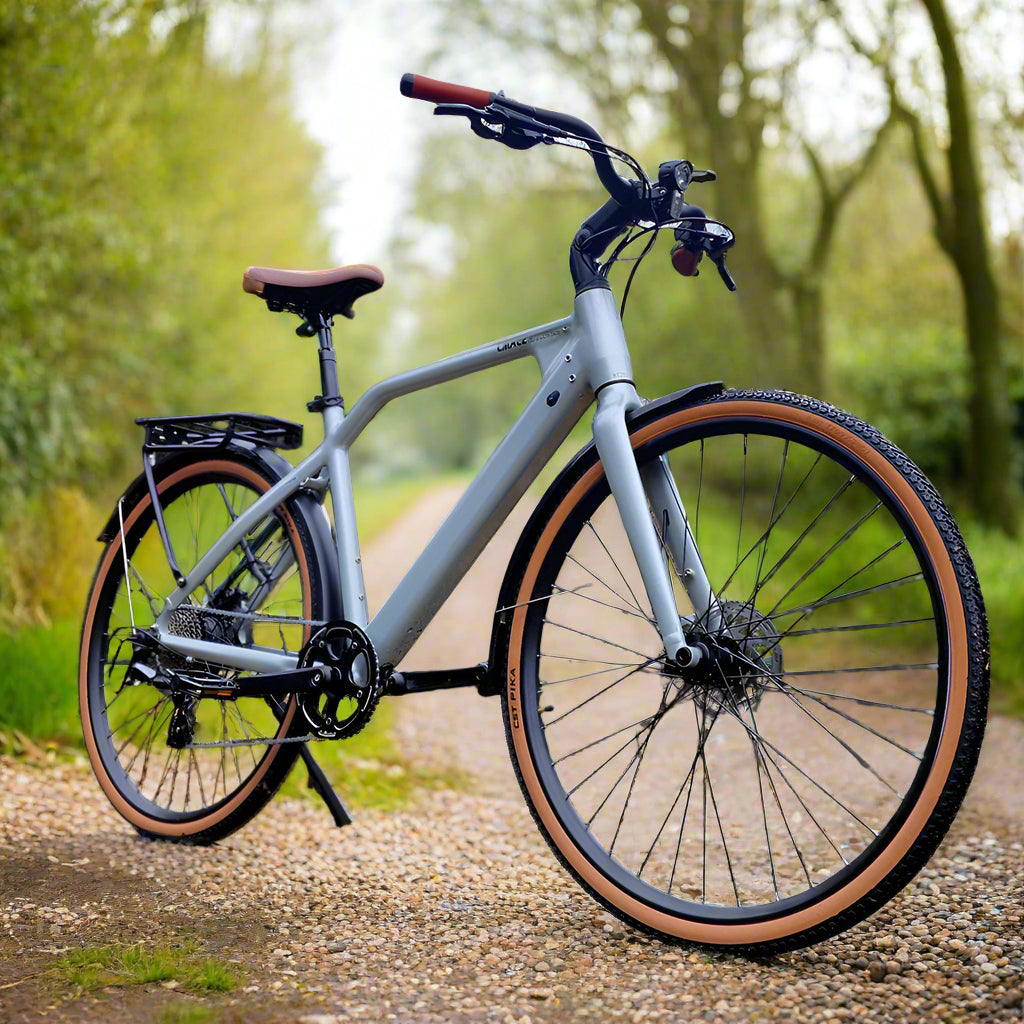
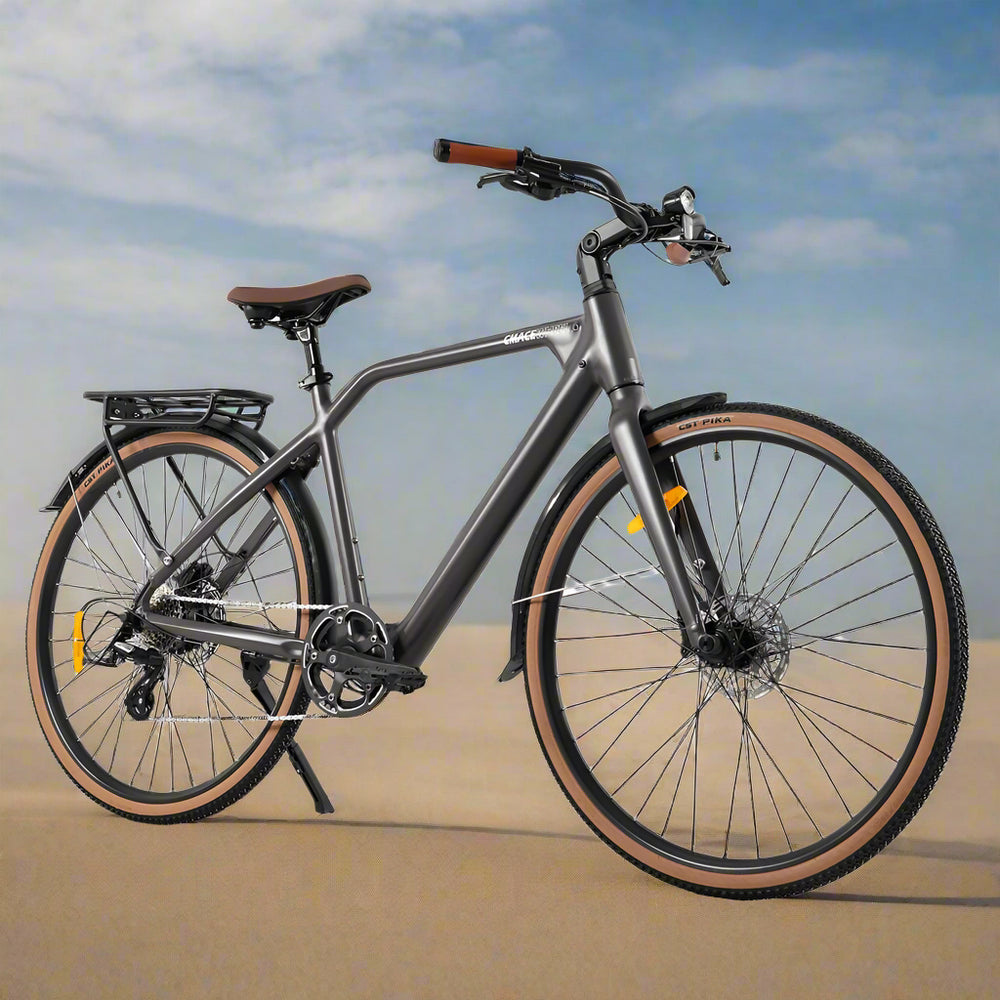
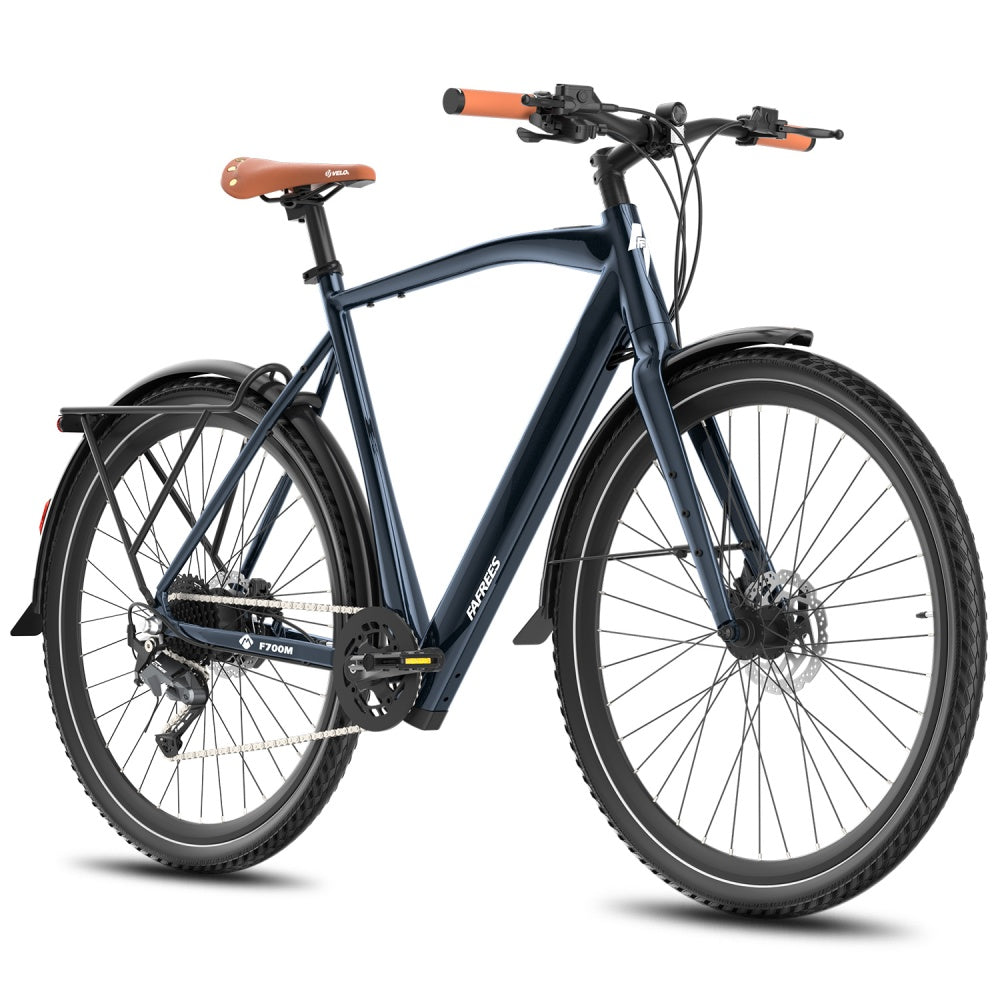
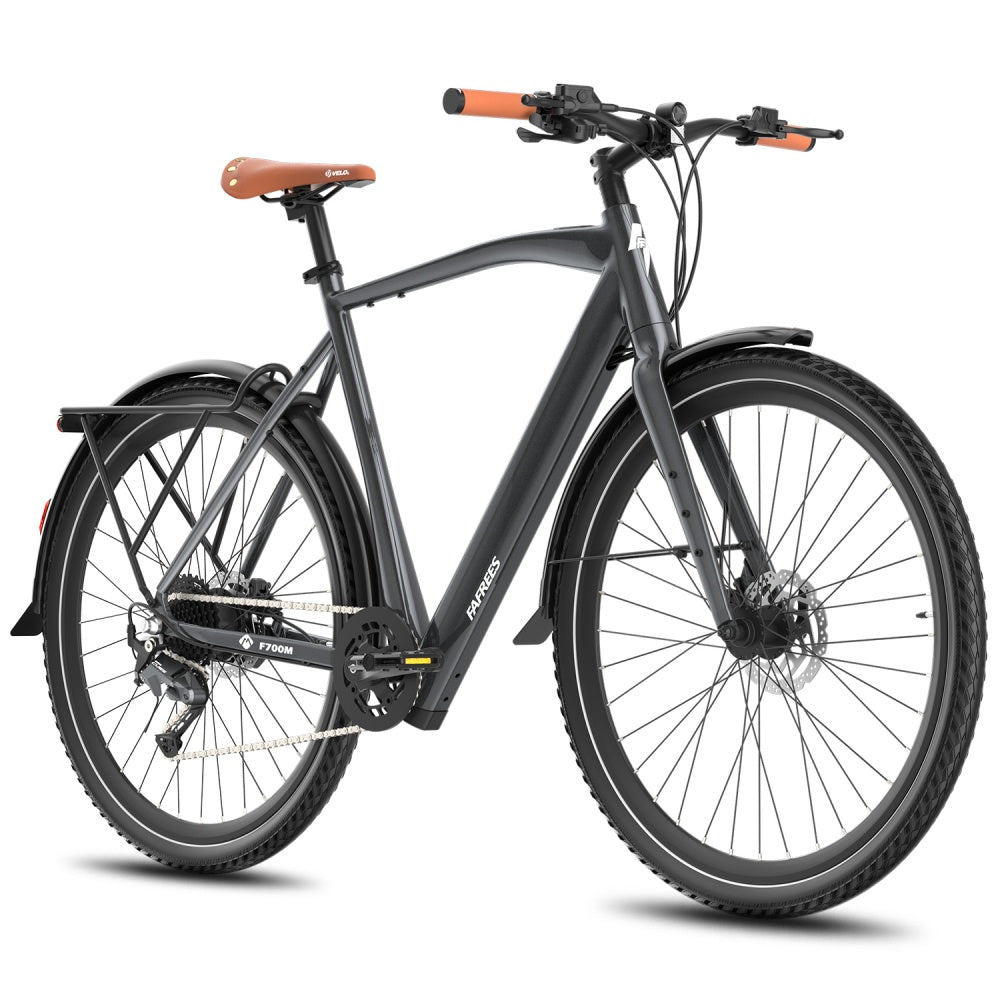
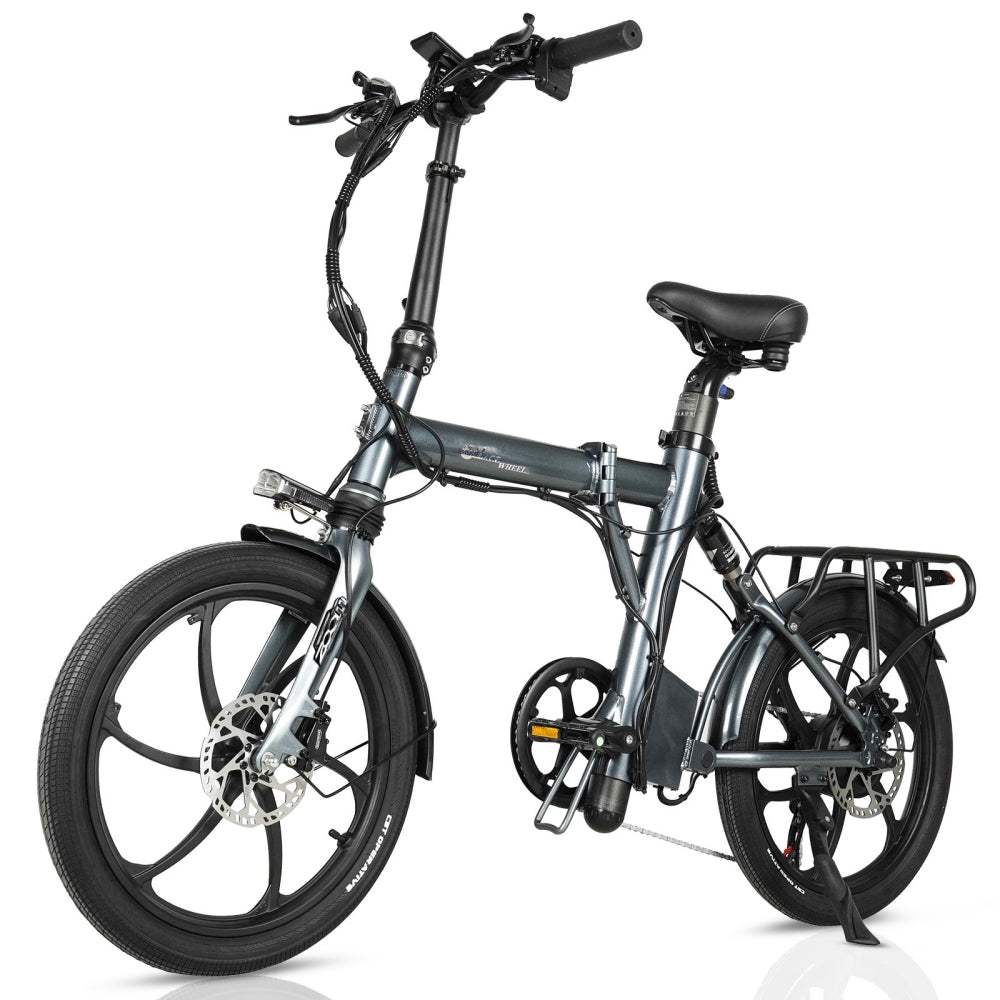
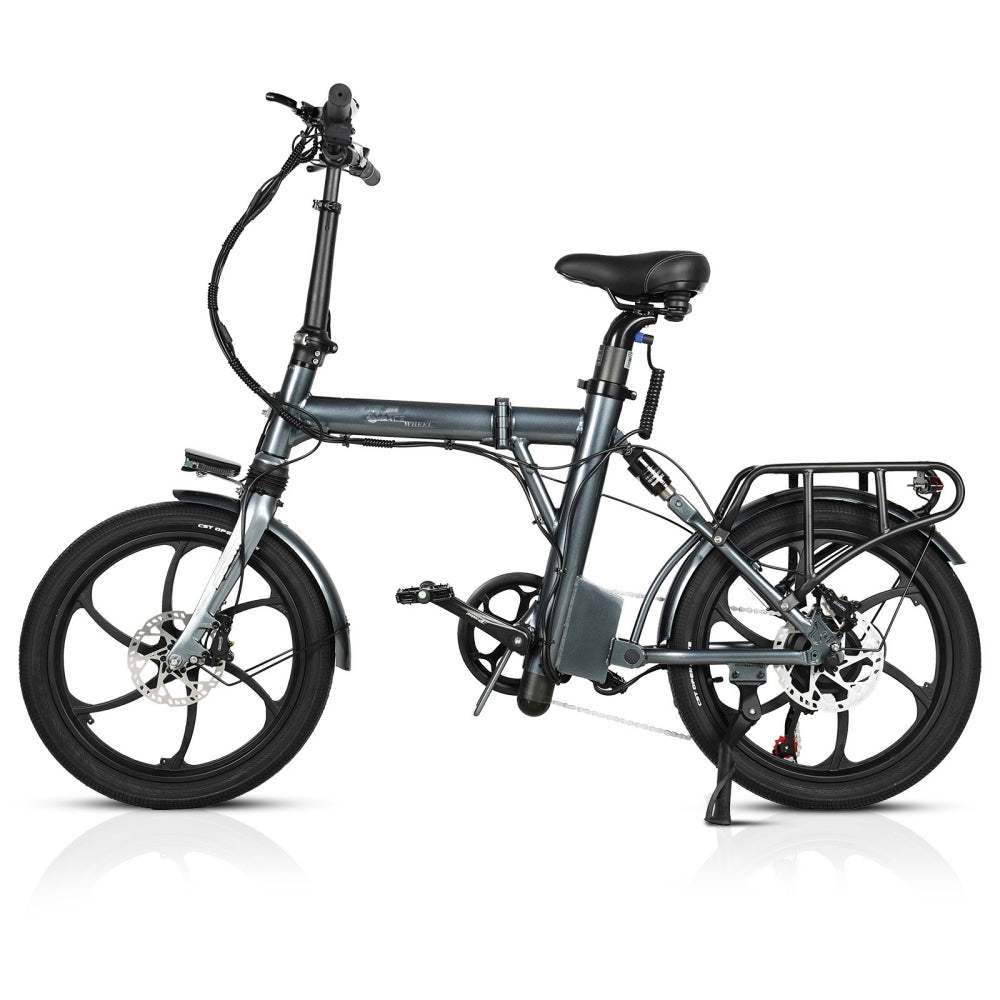
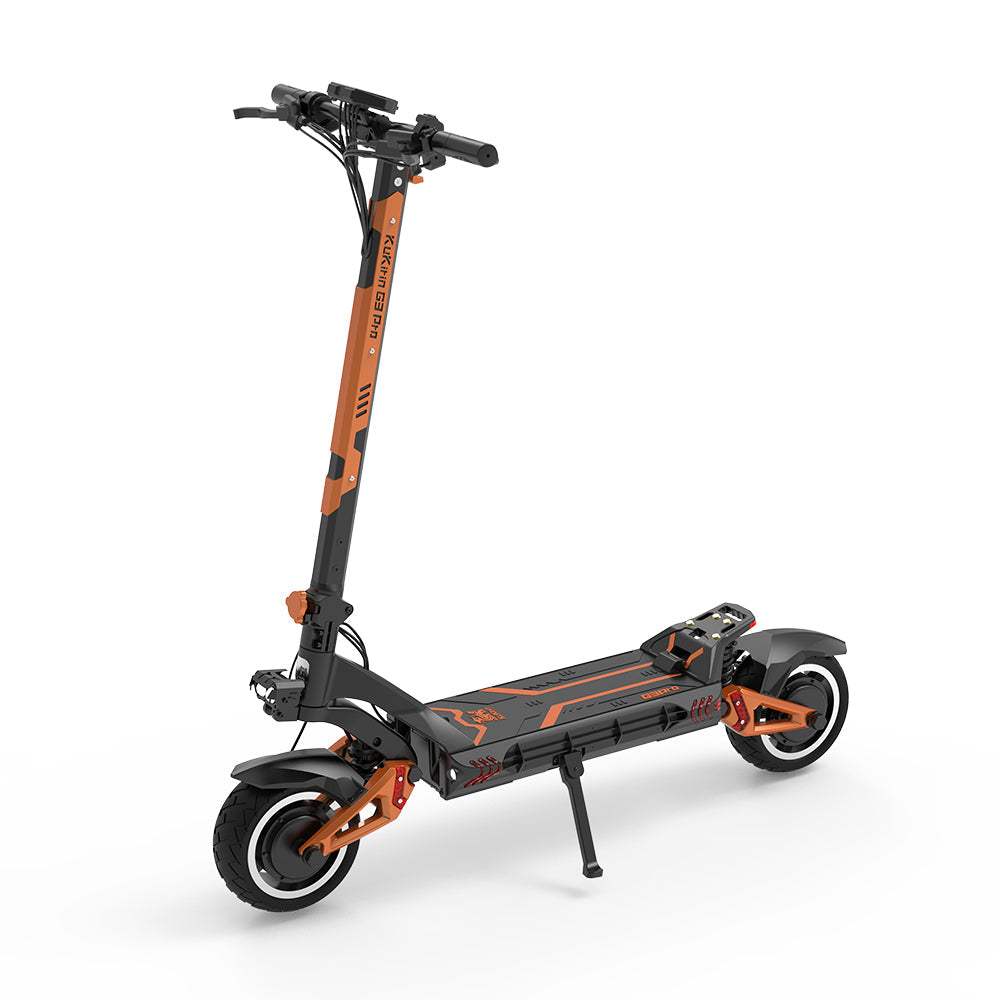
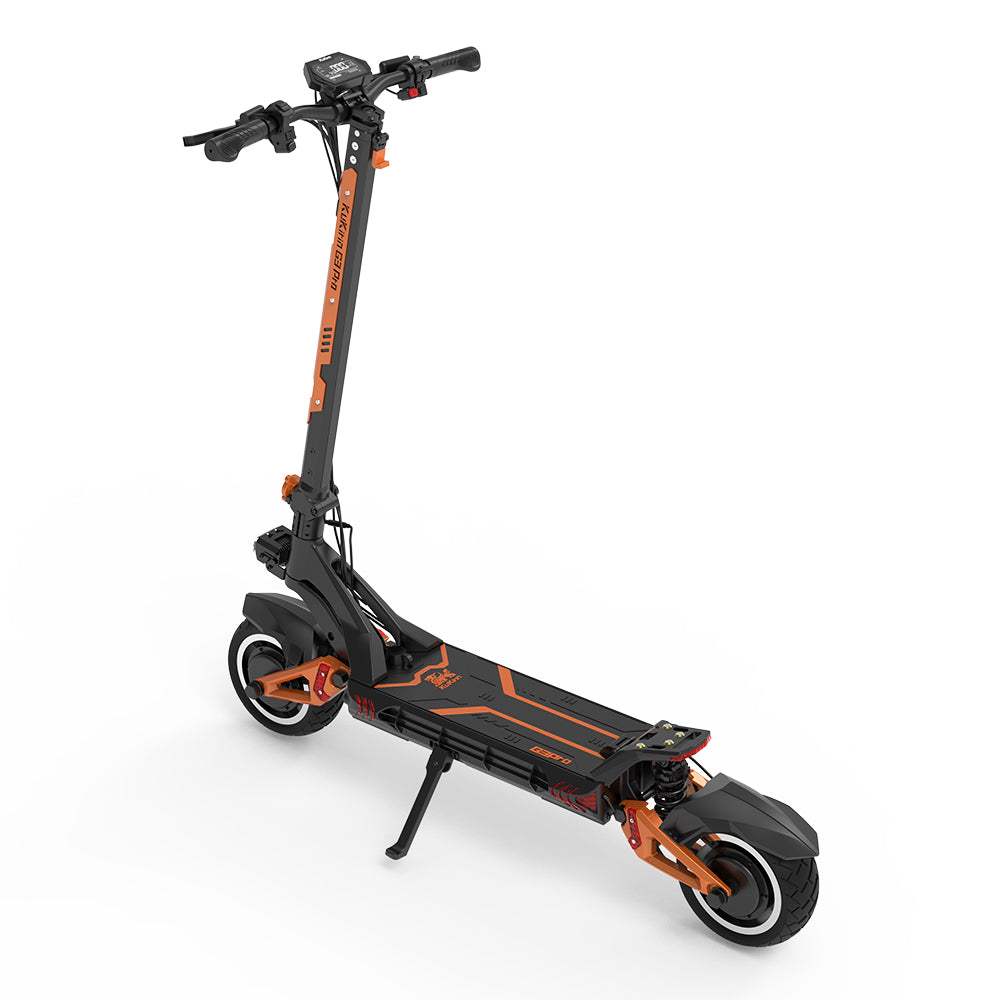
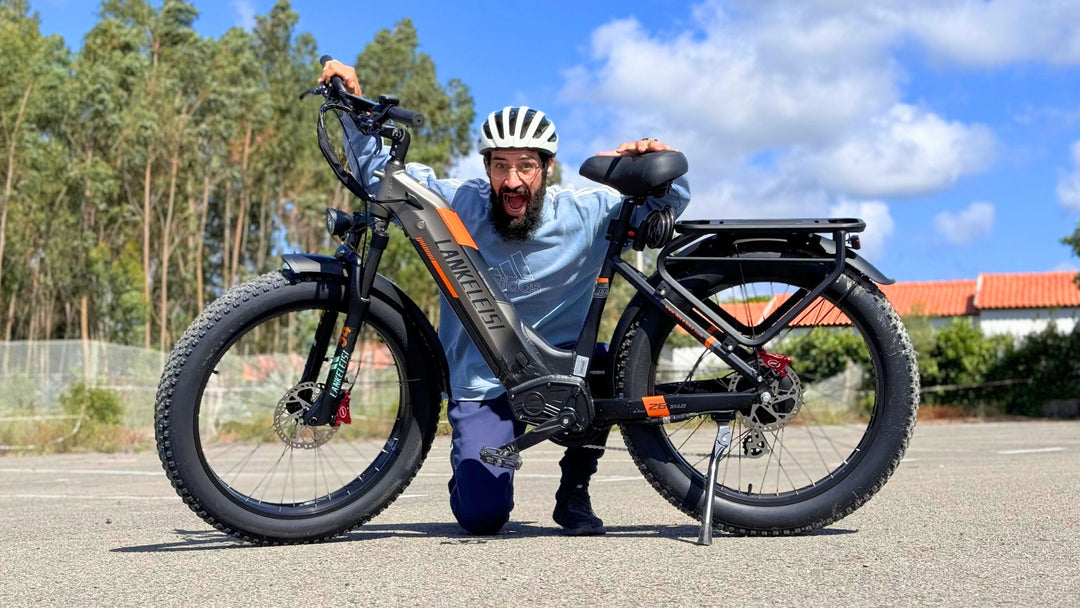
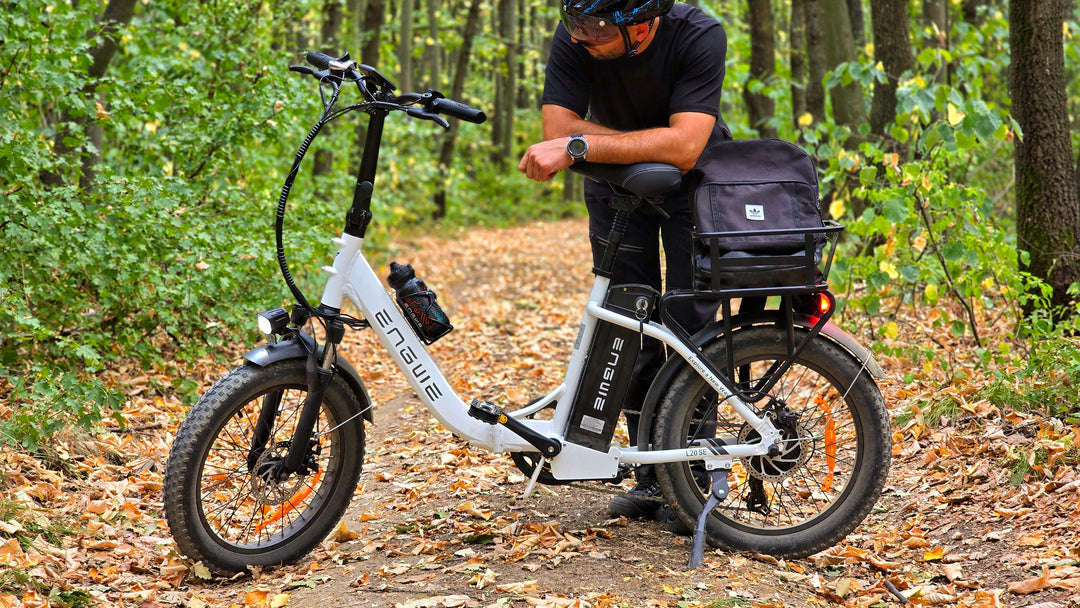
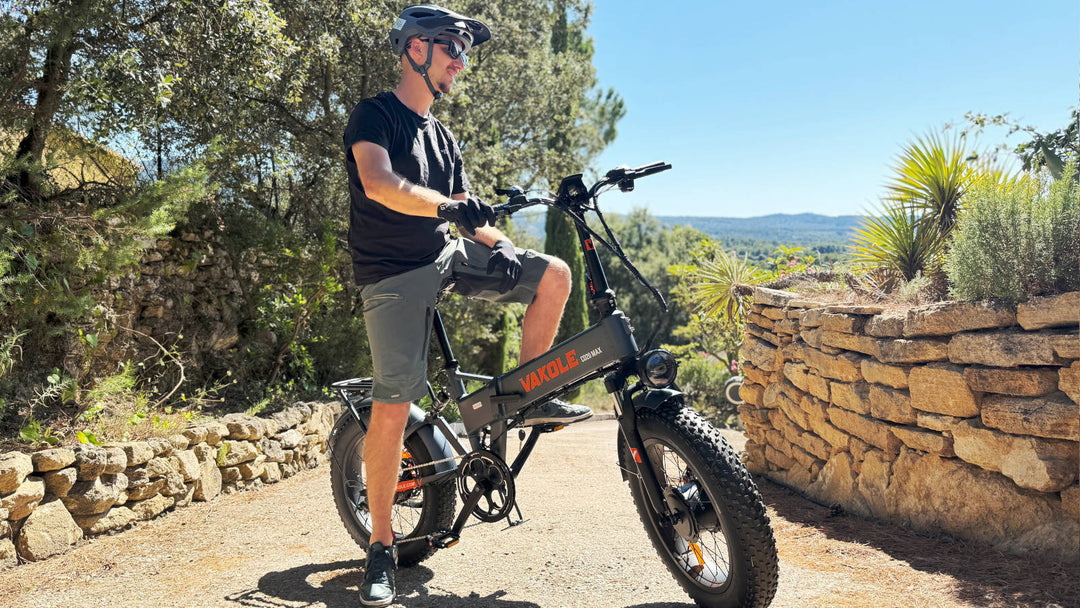
Leave a comment